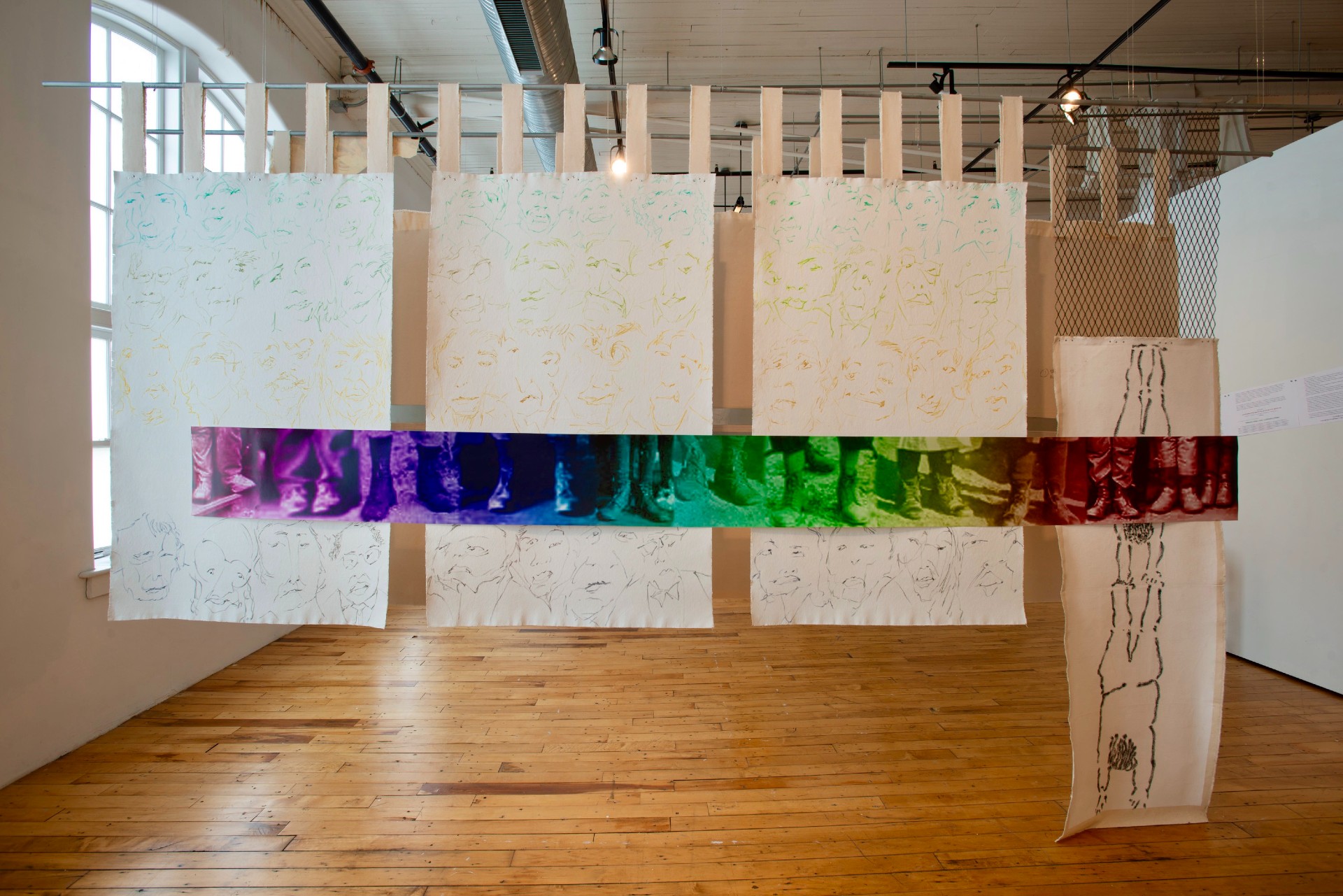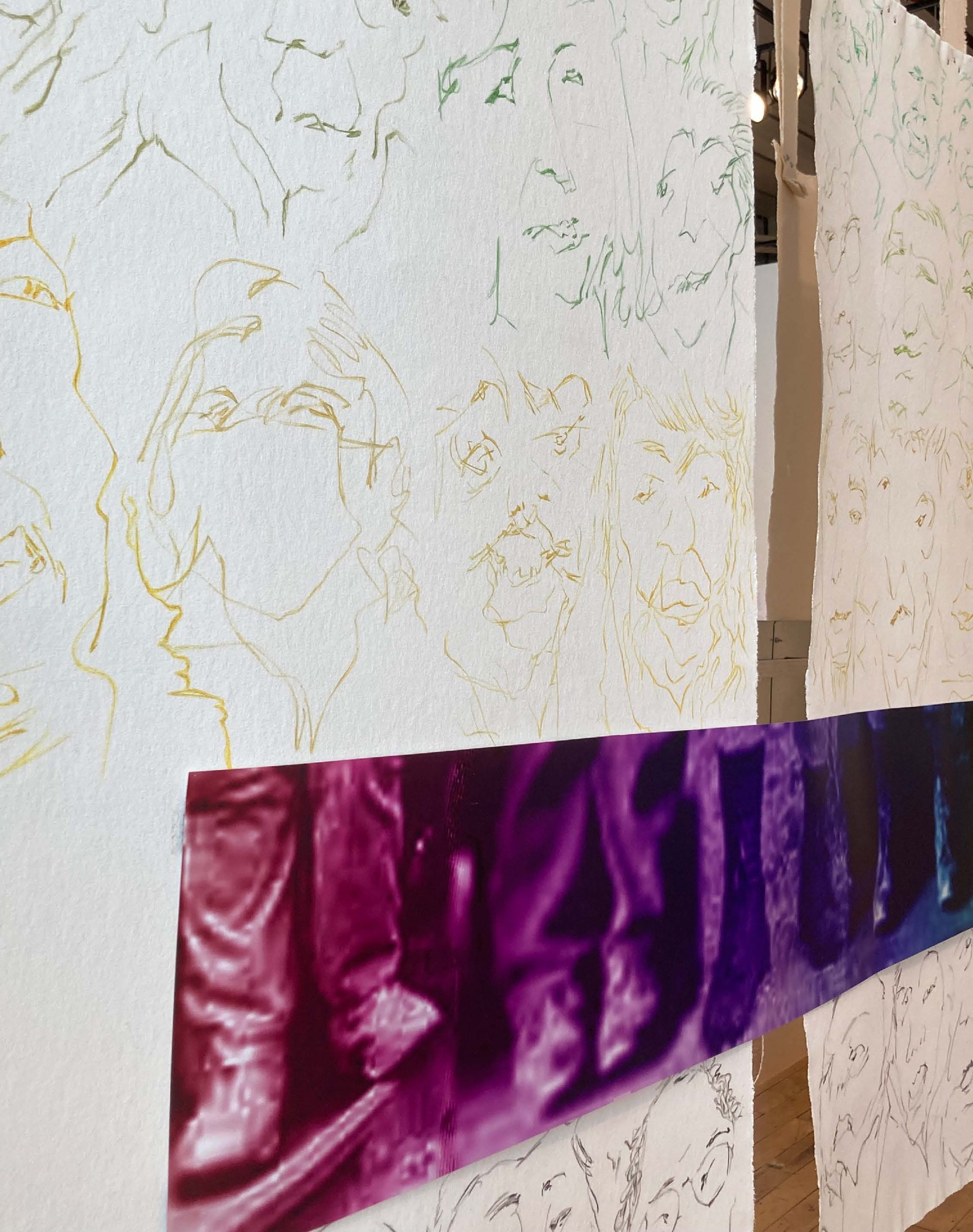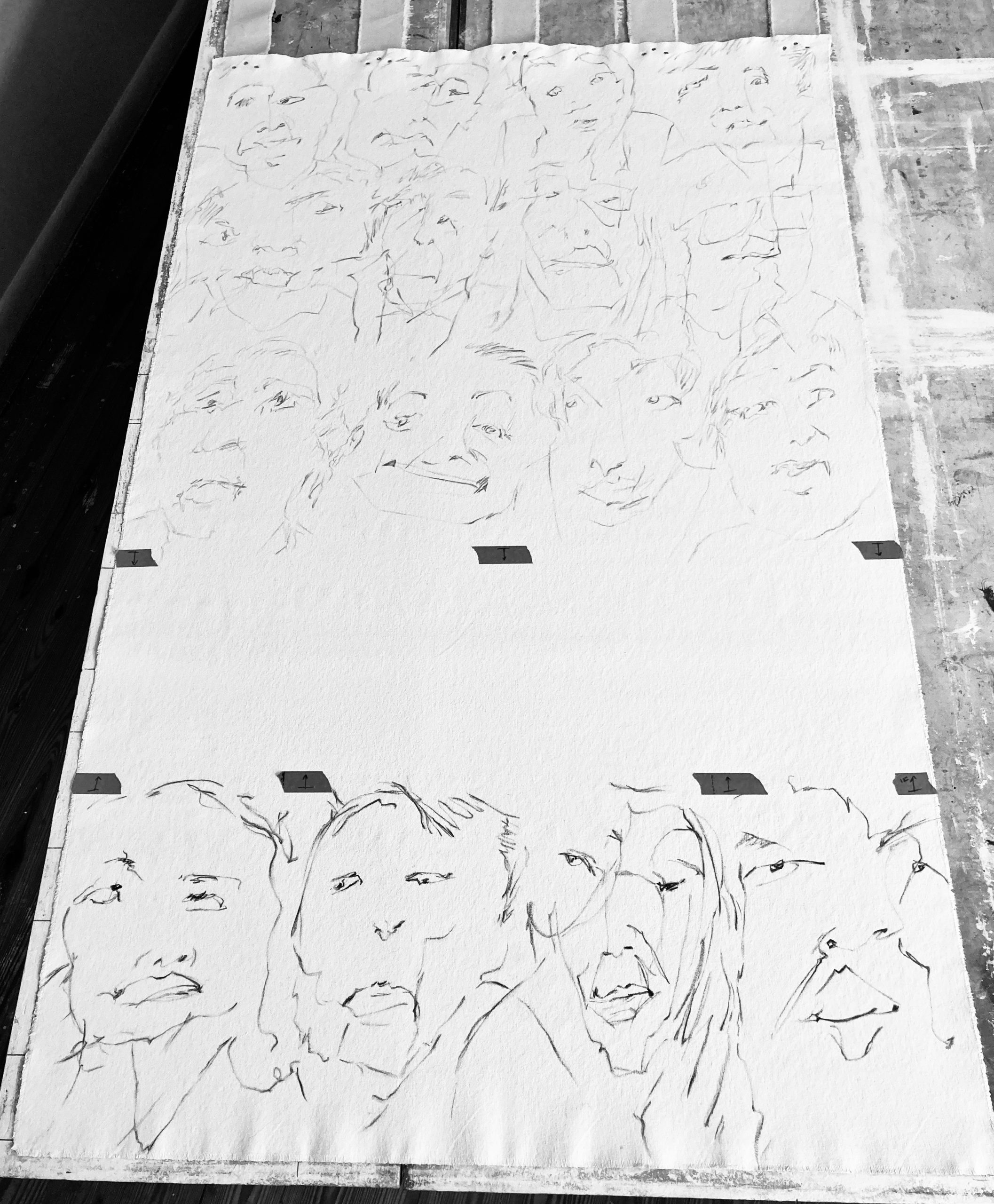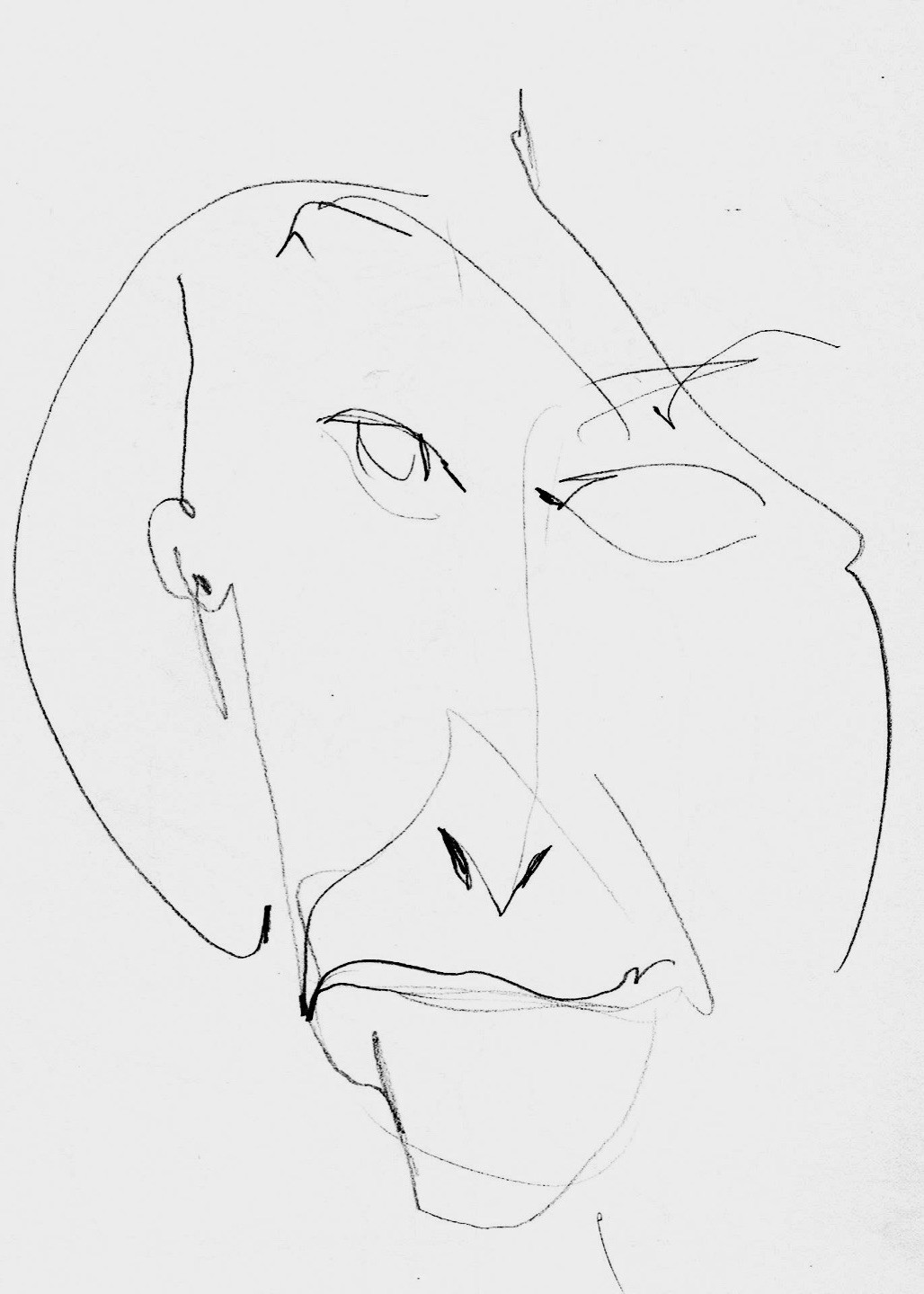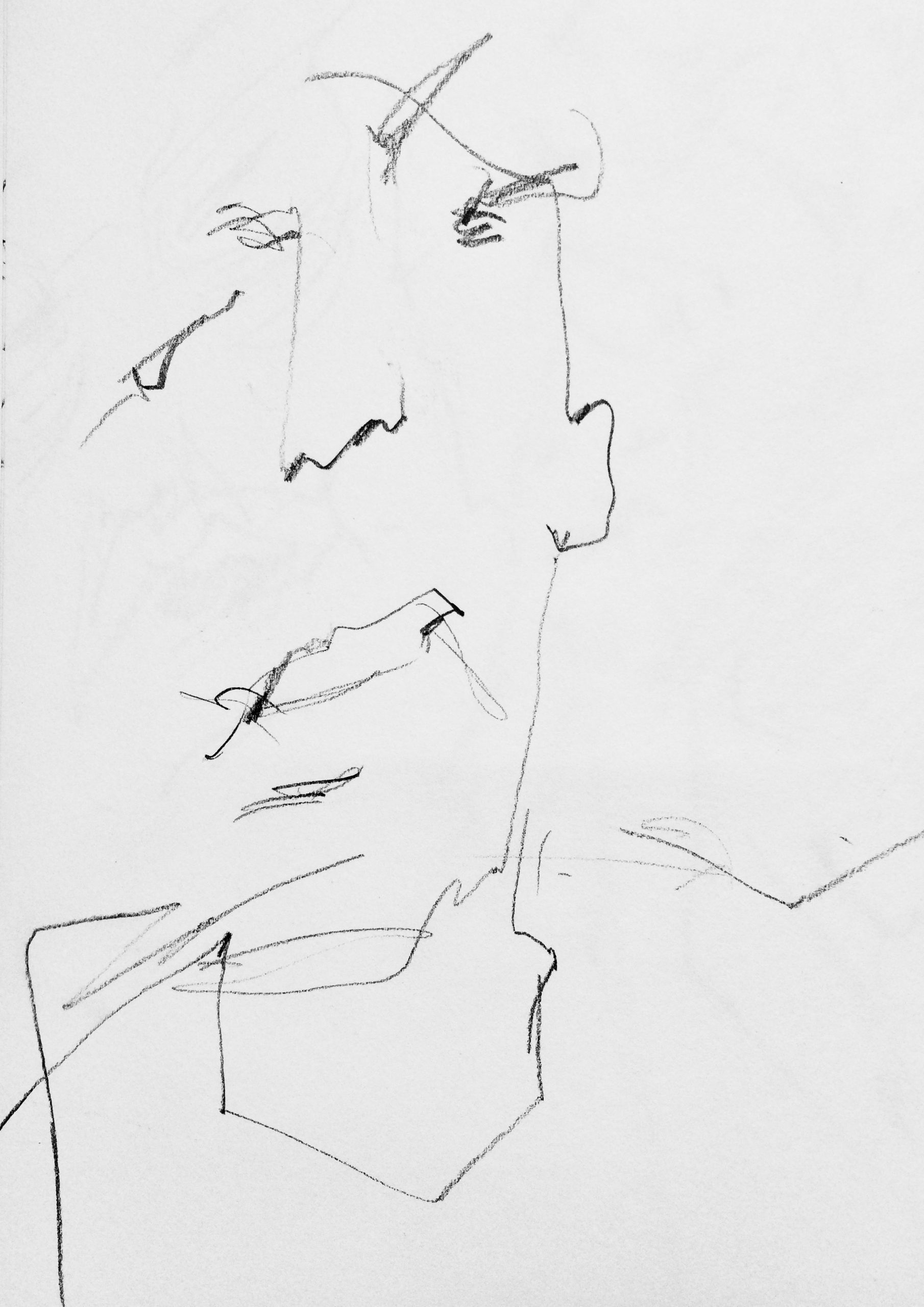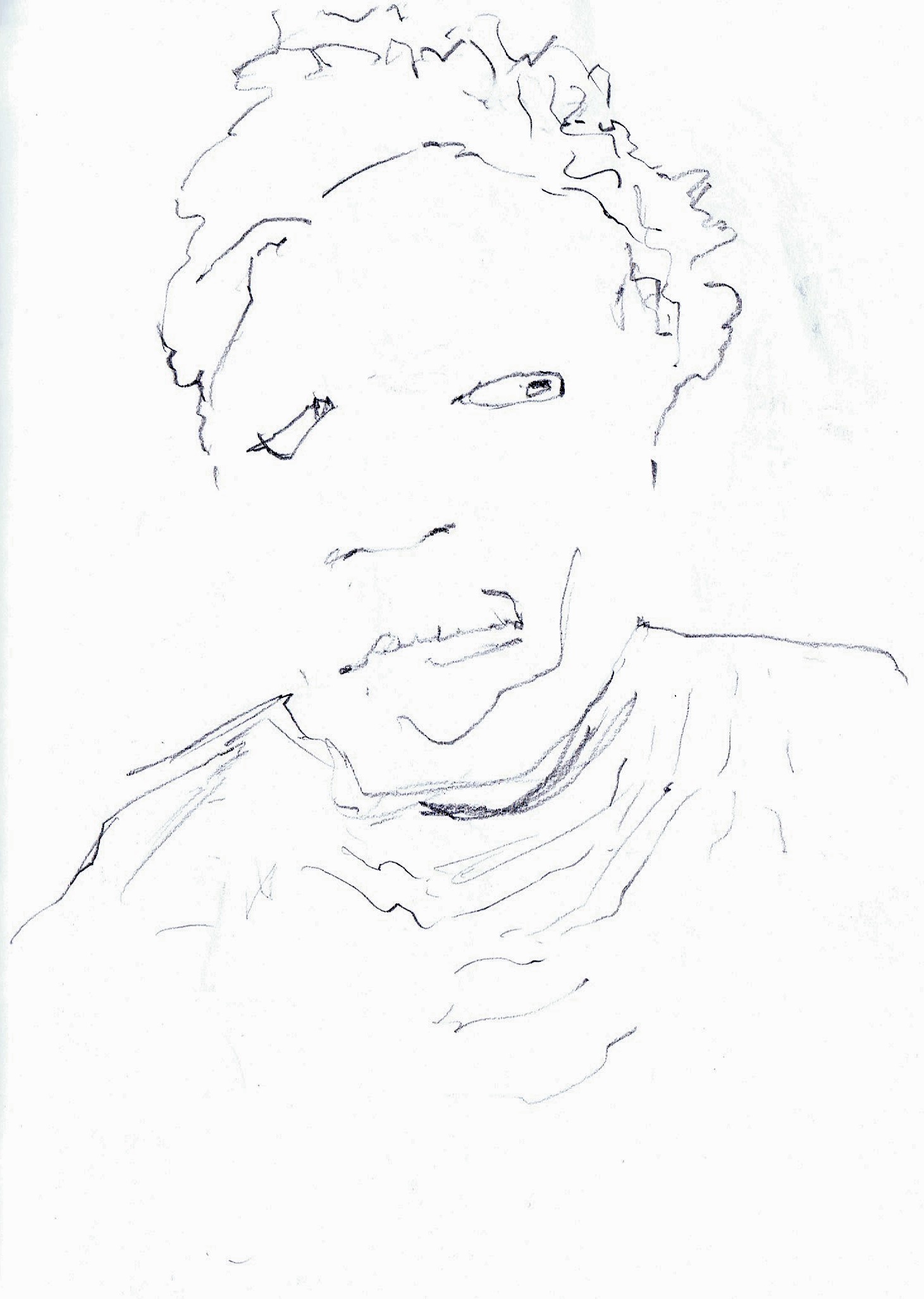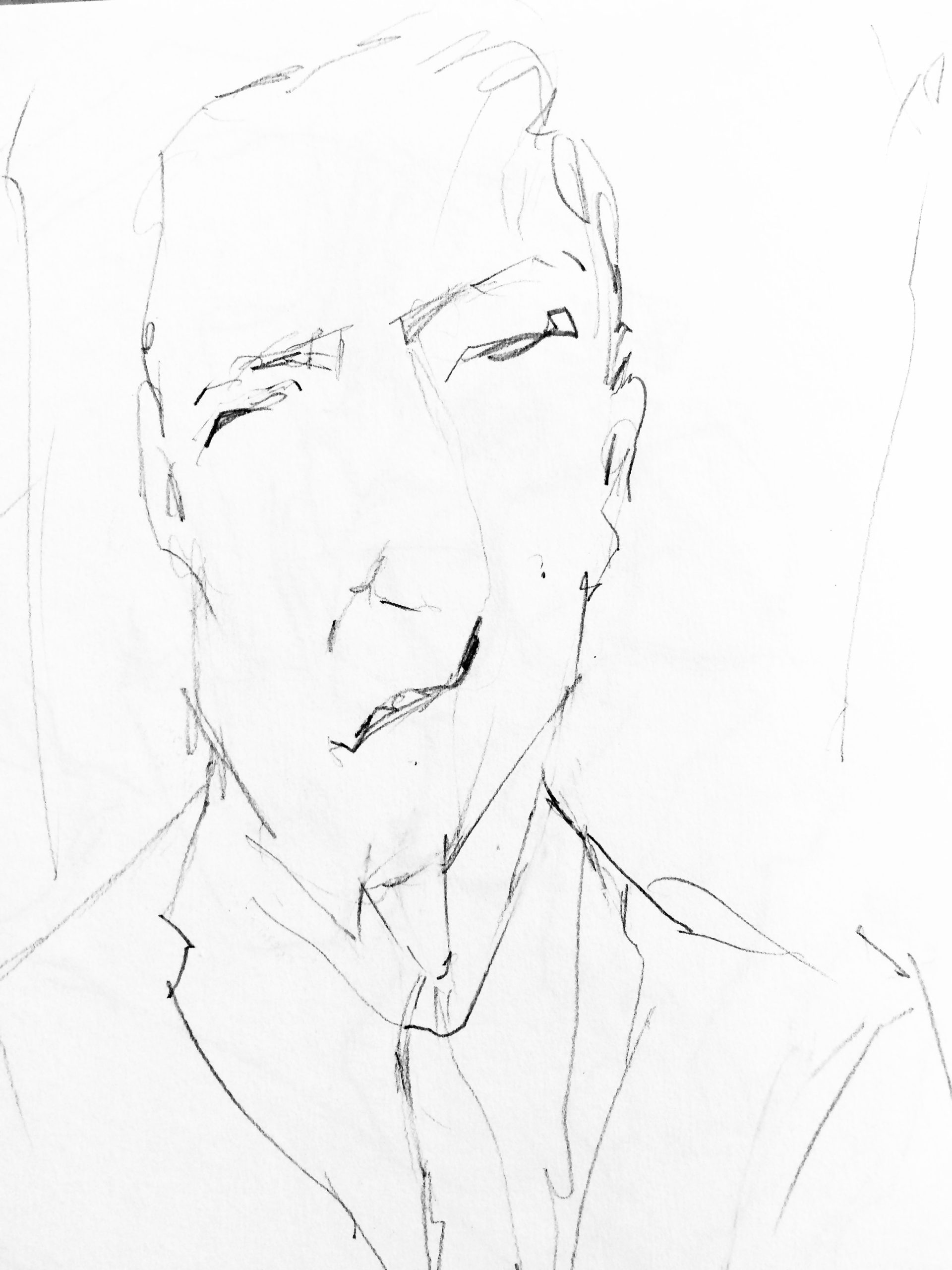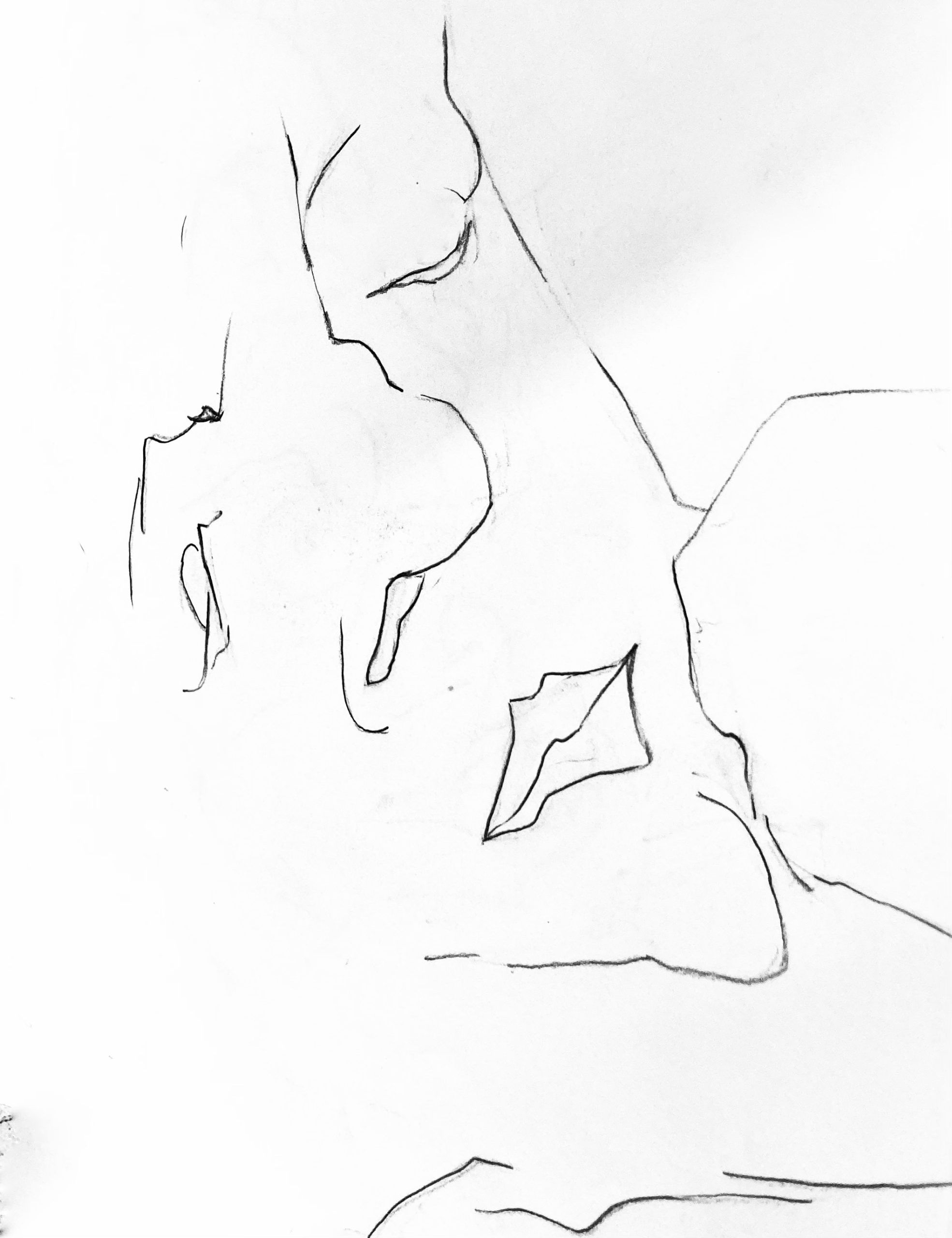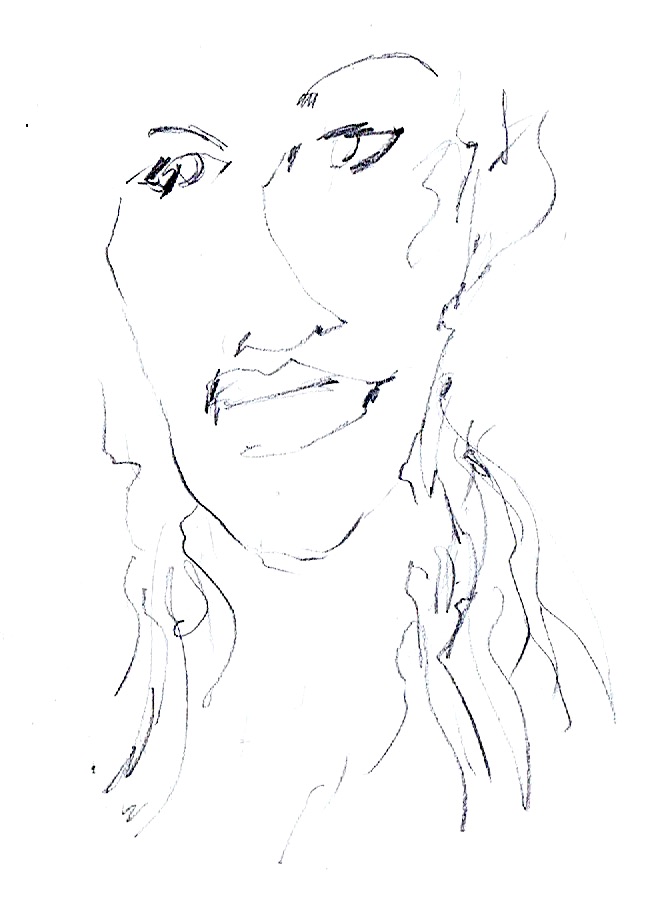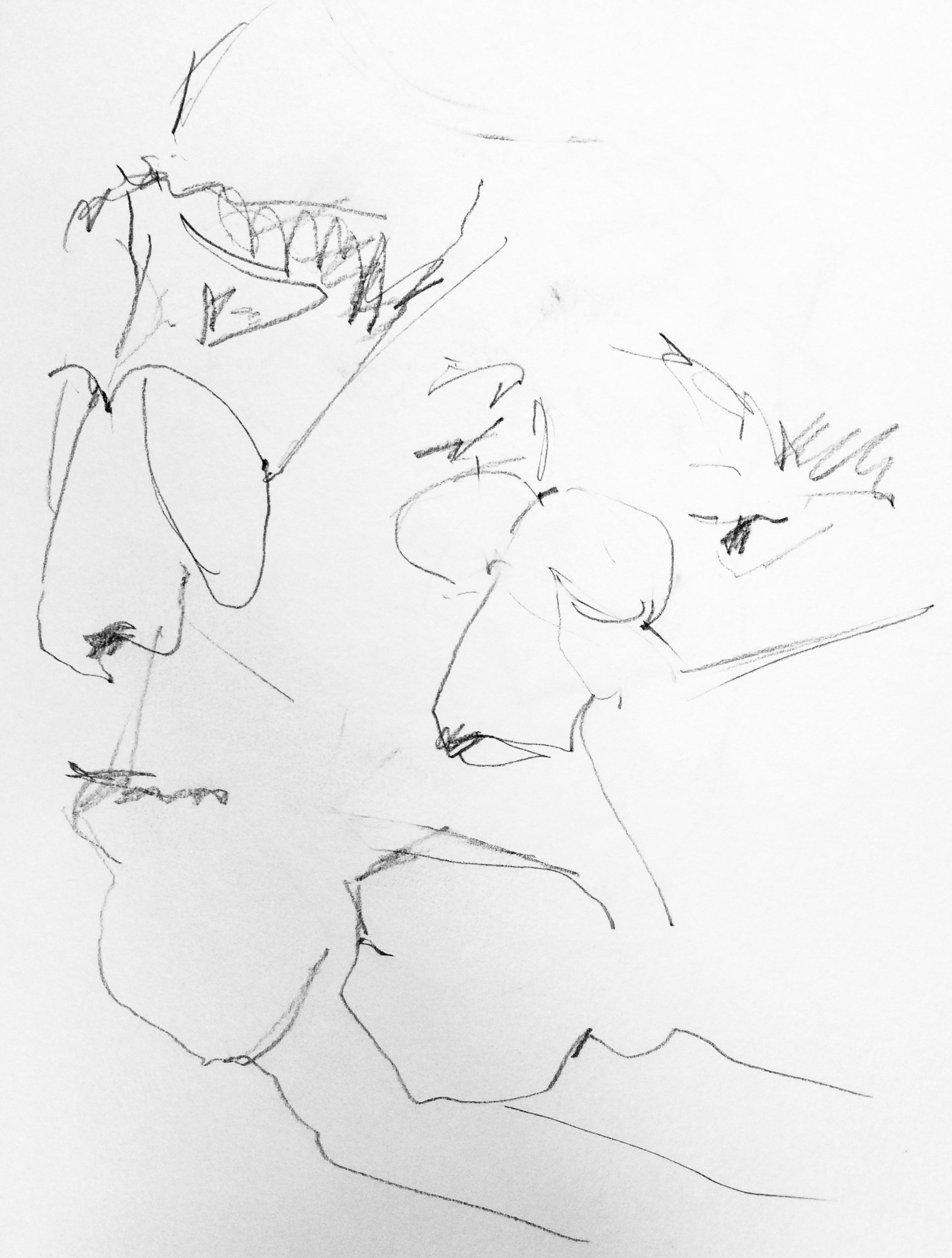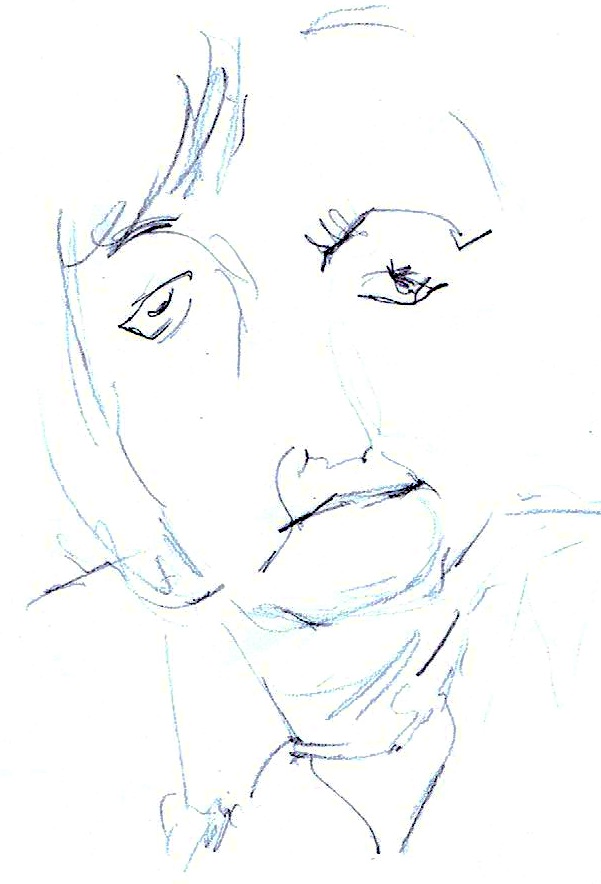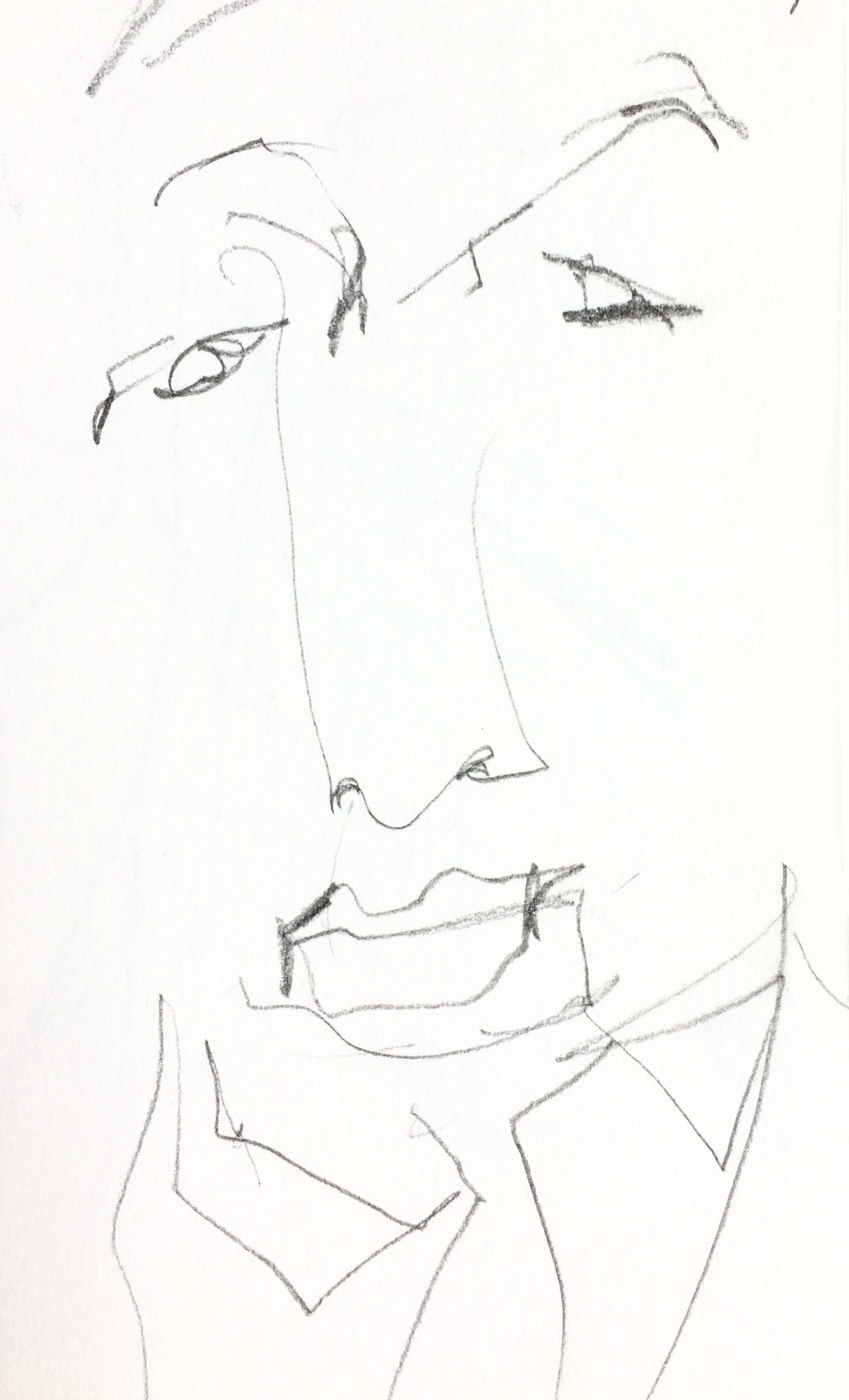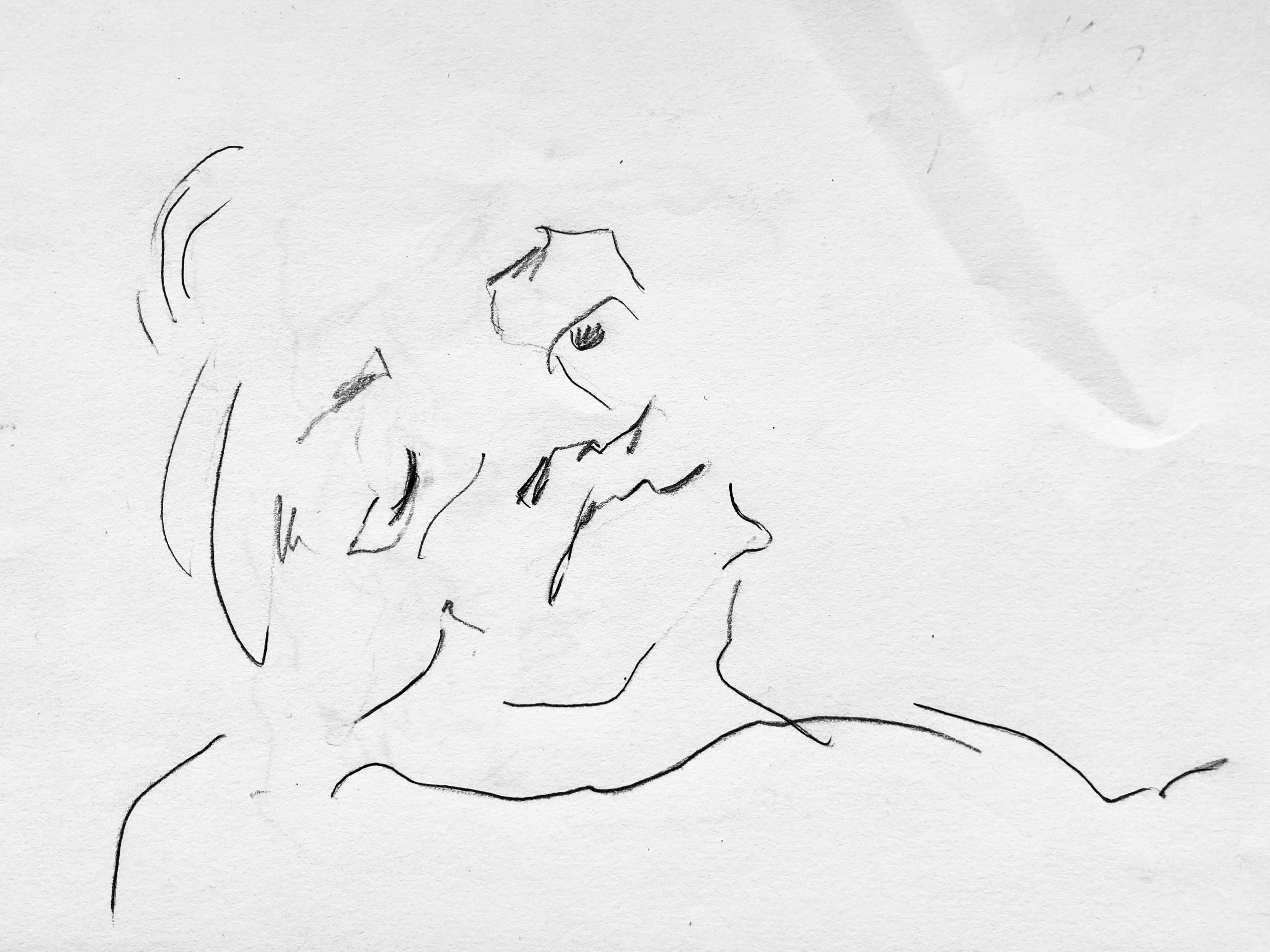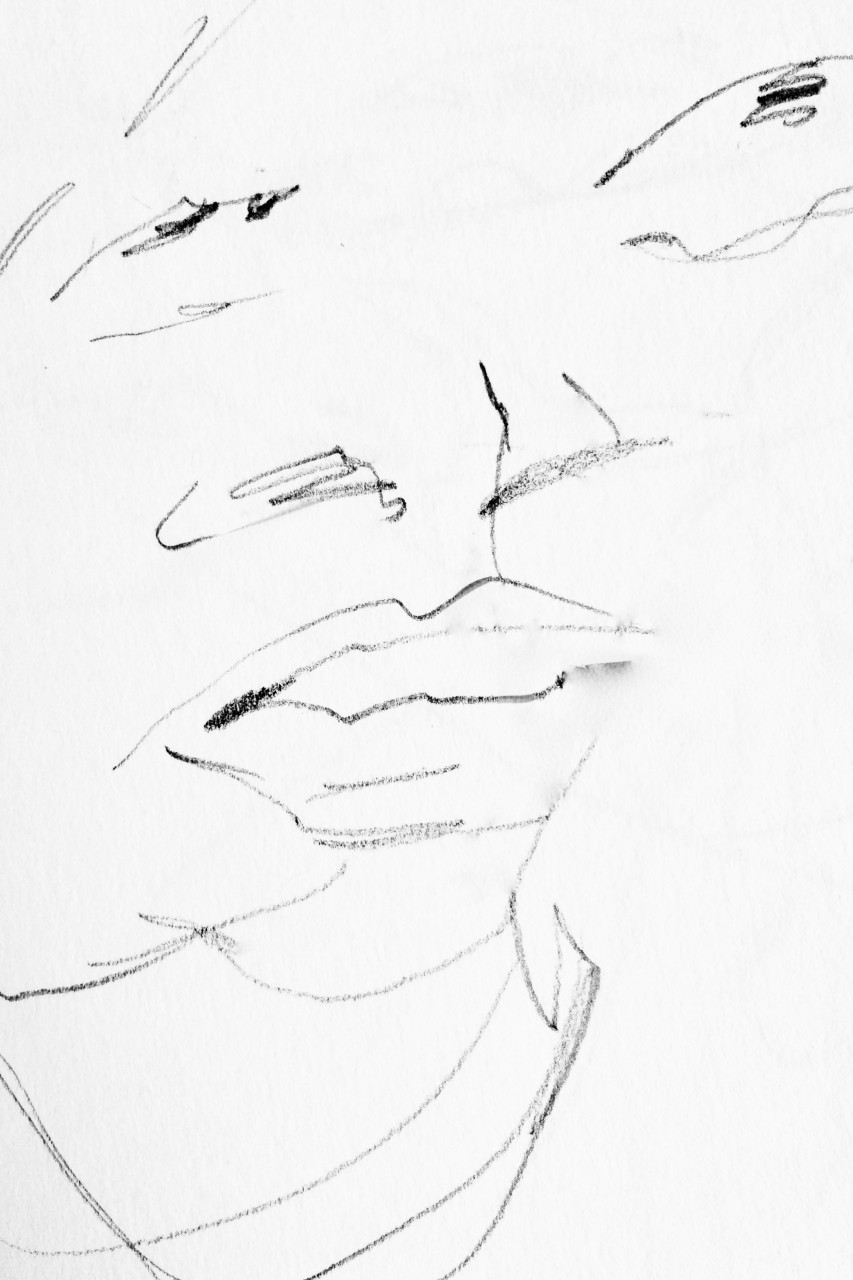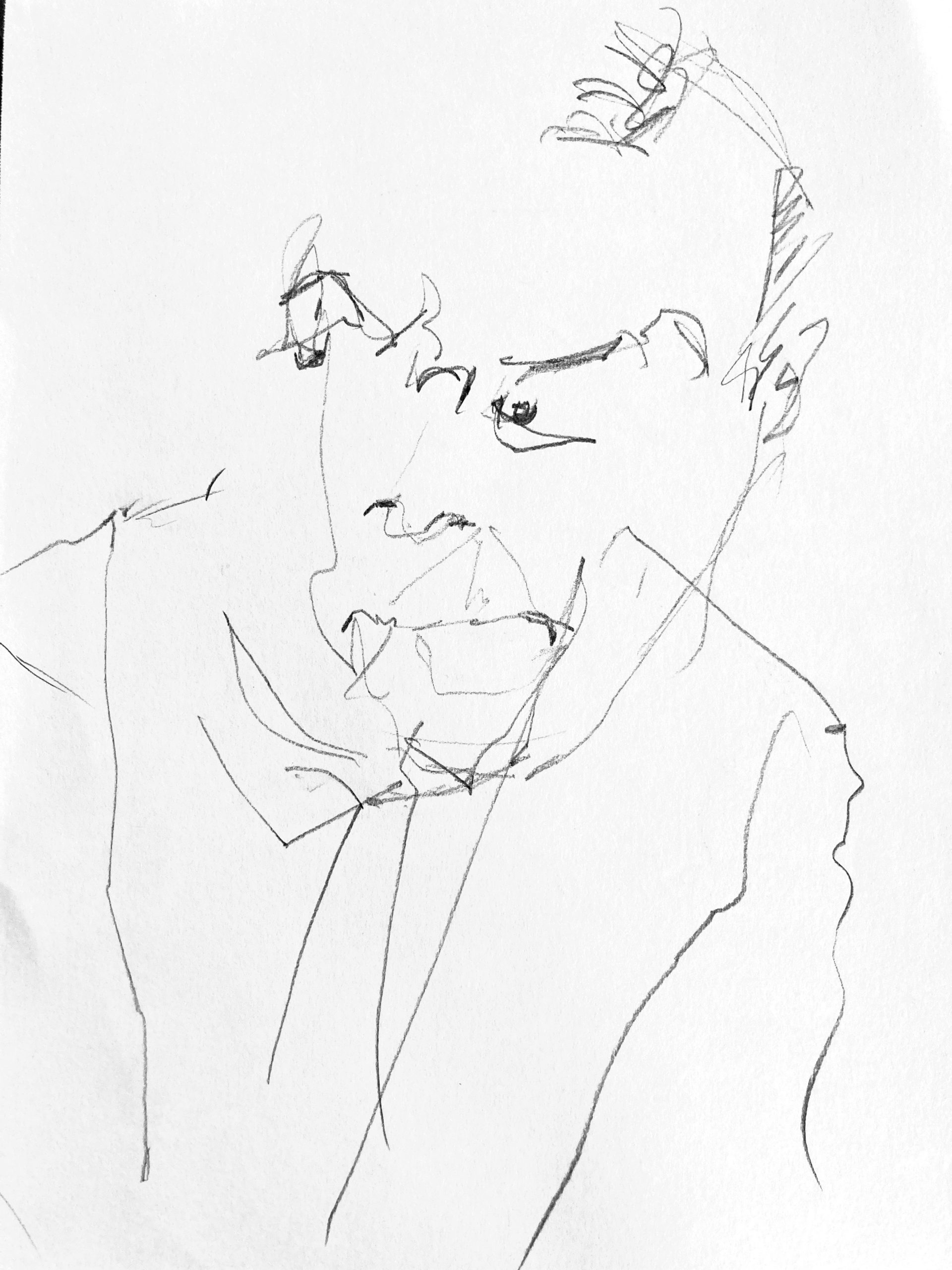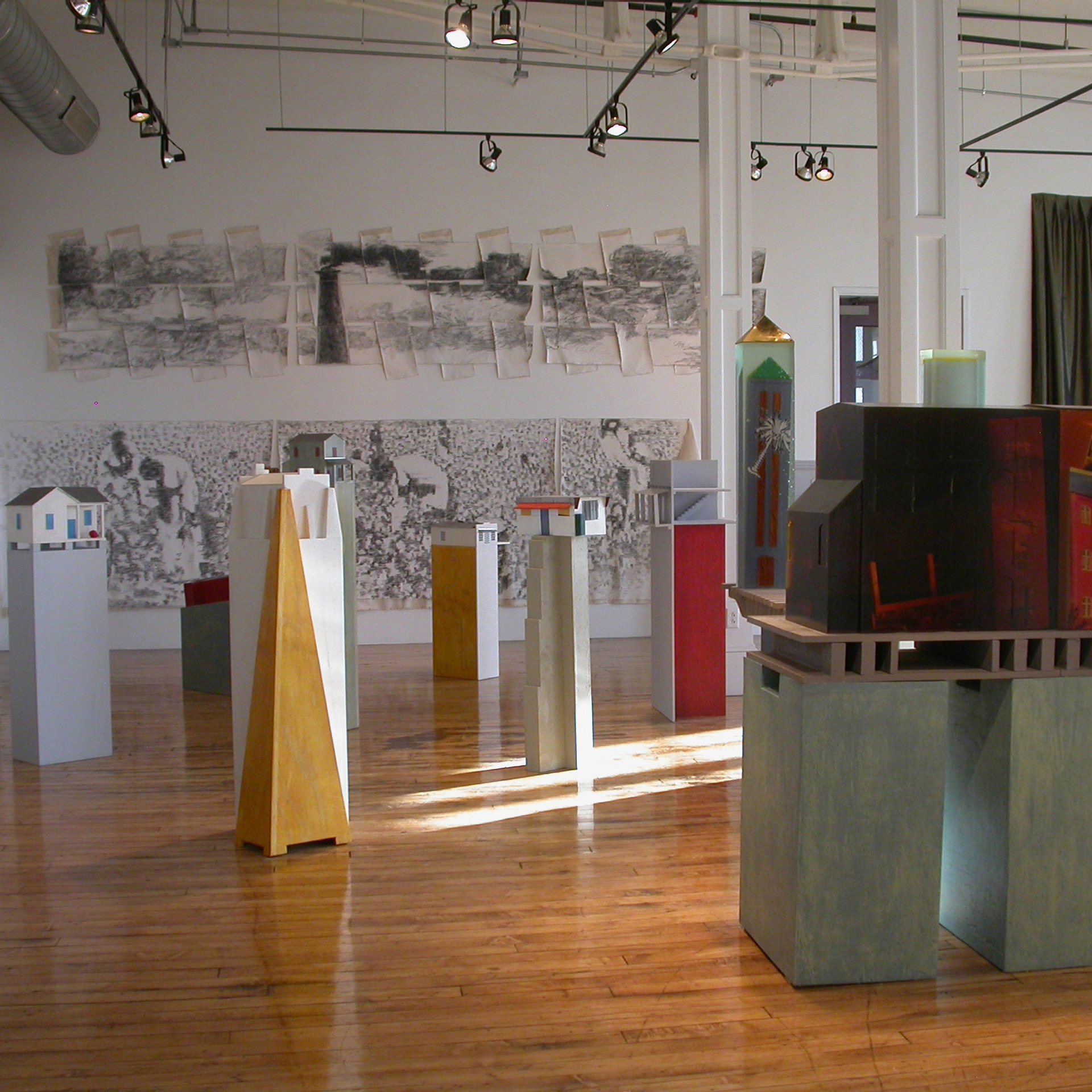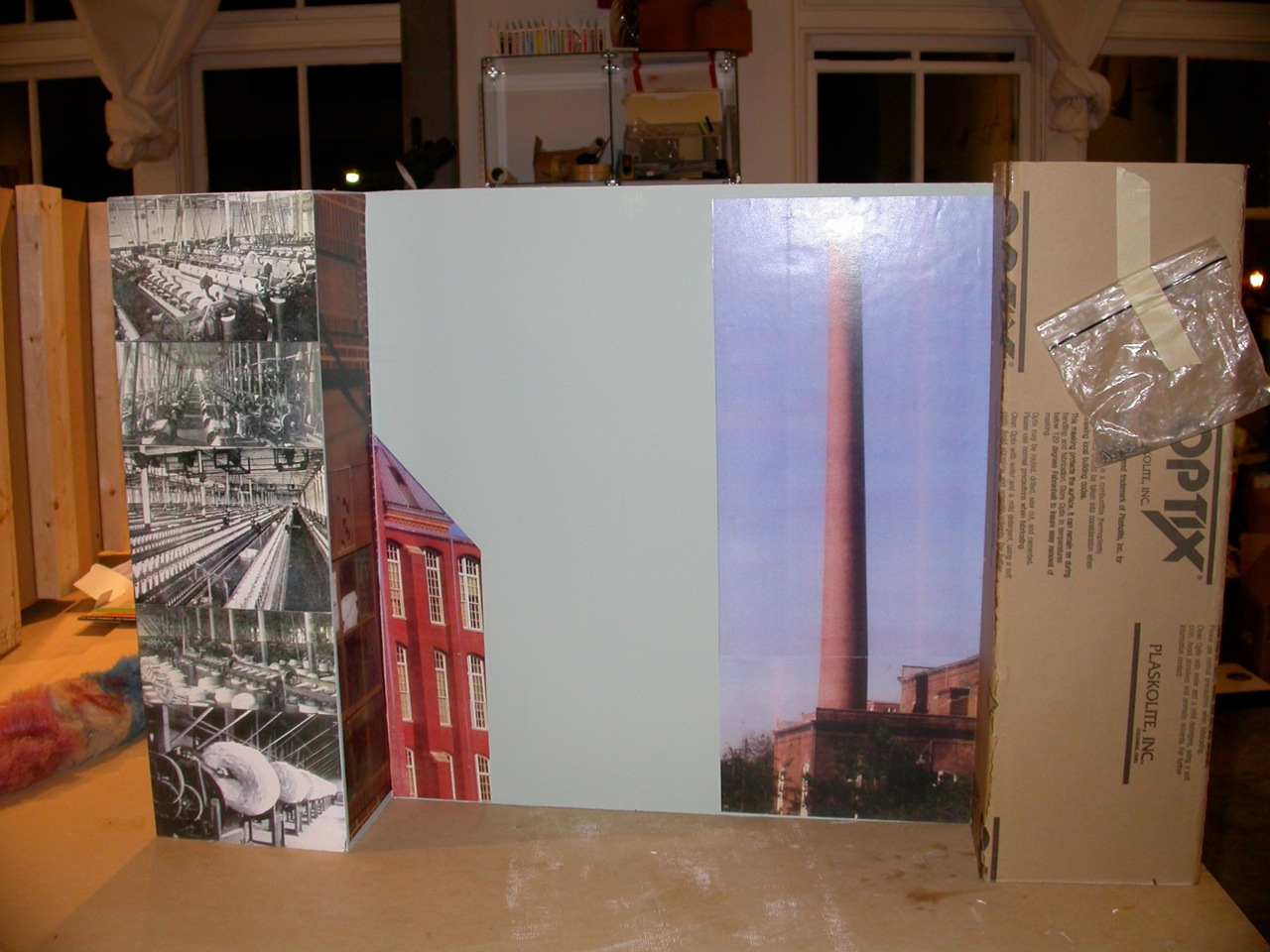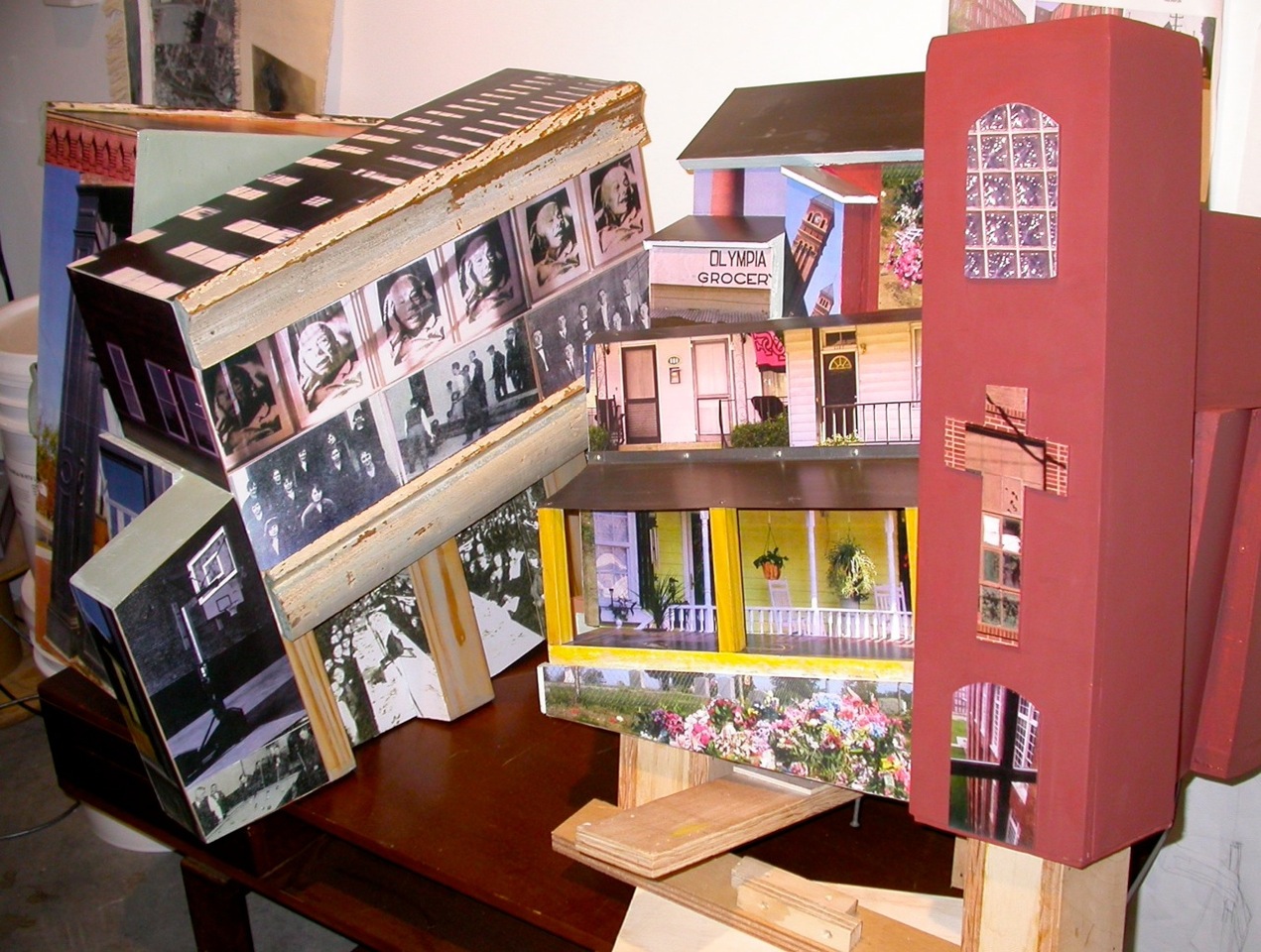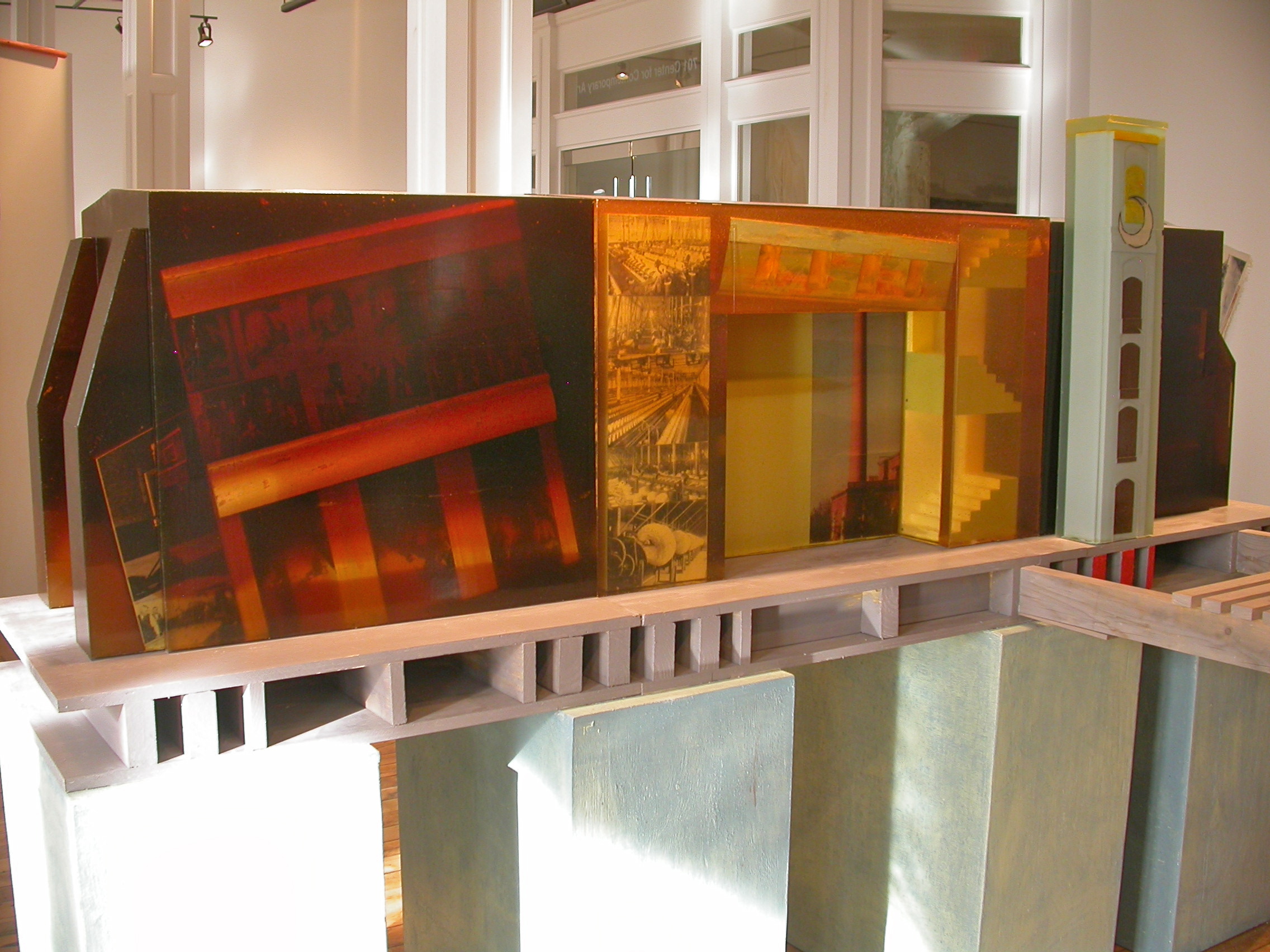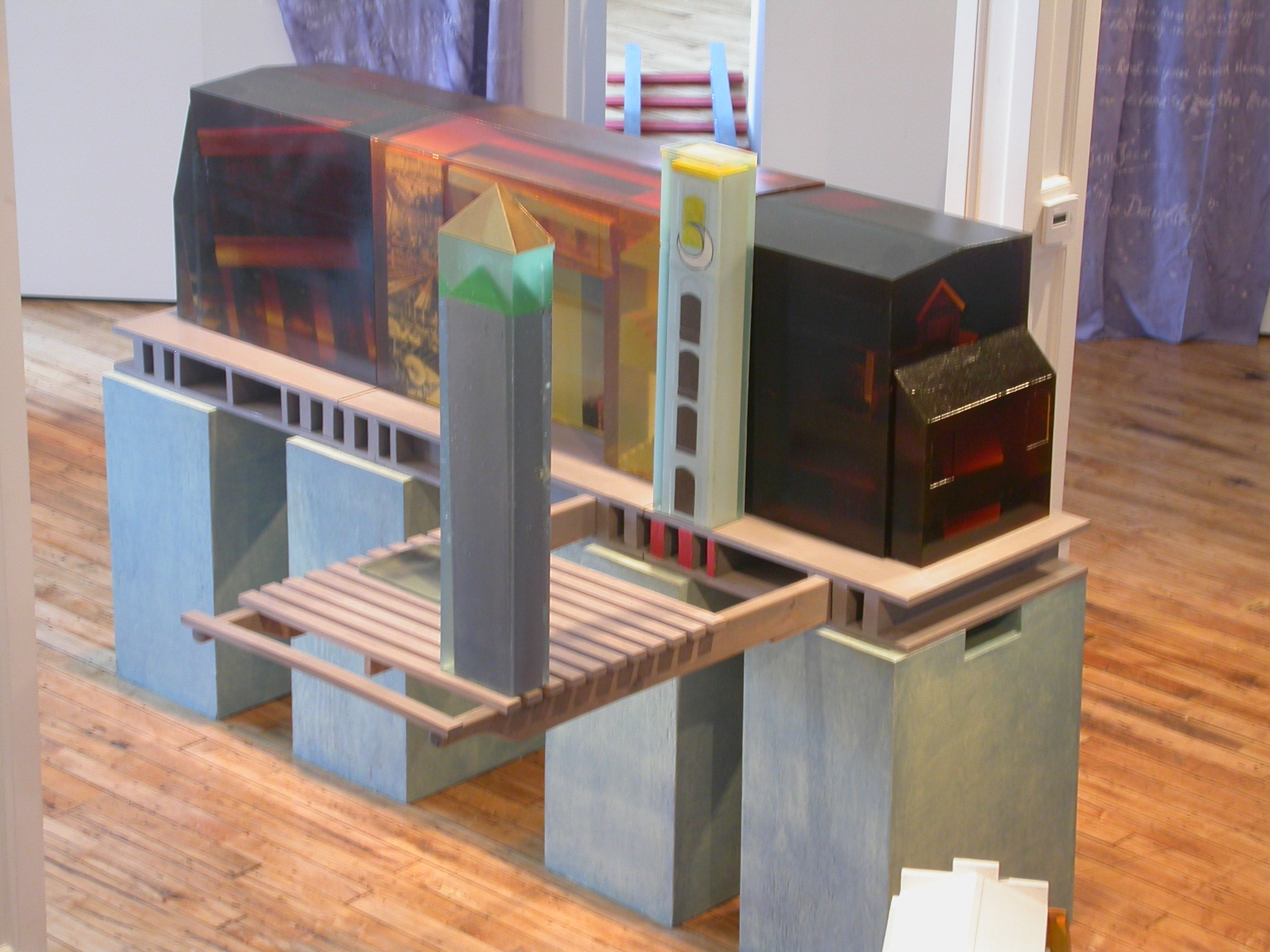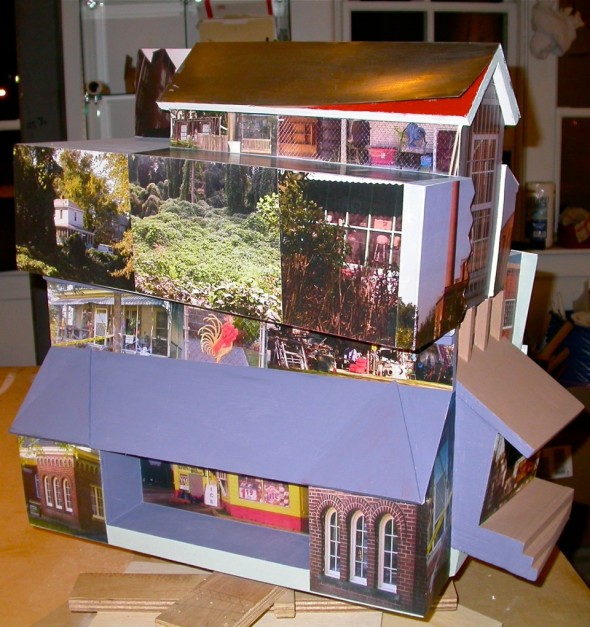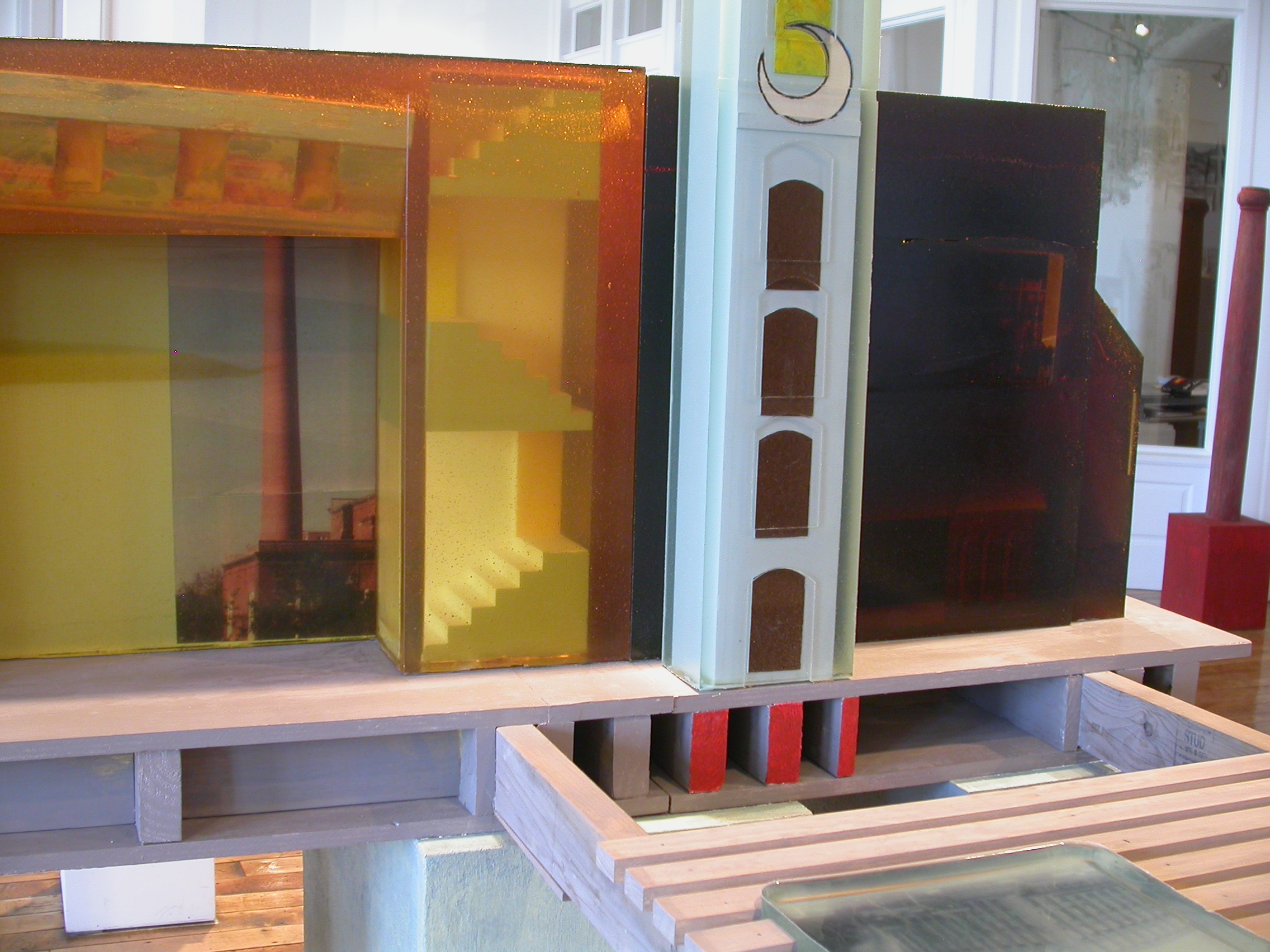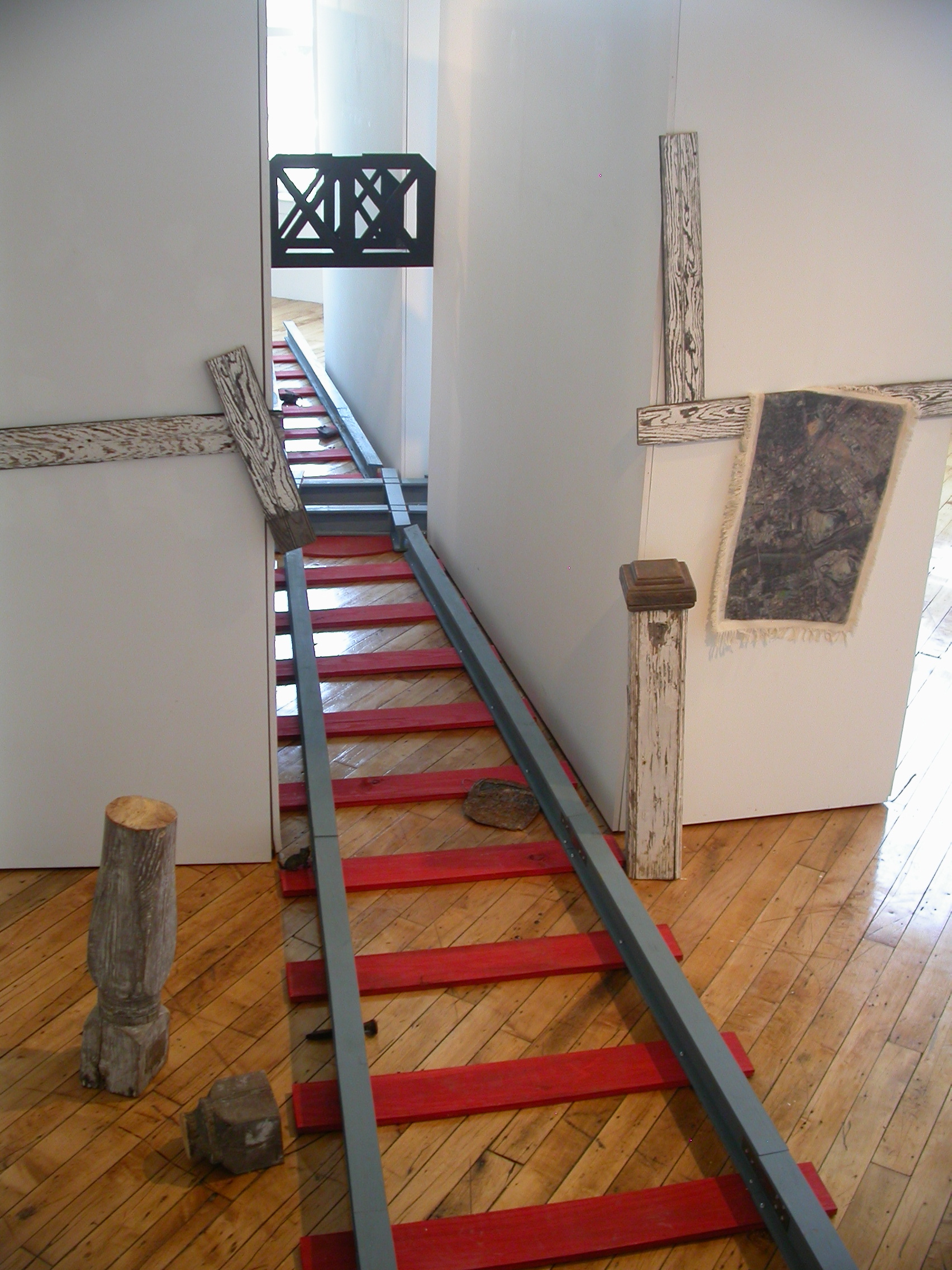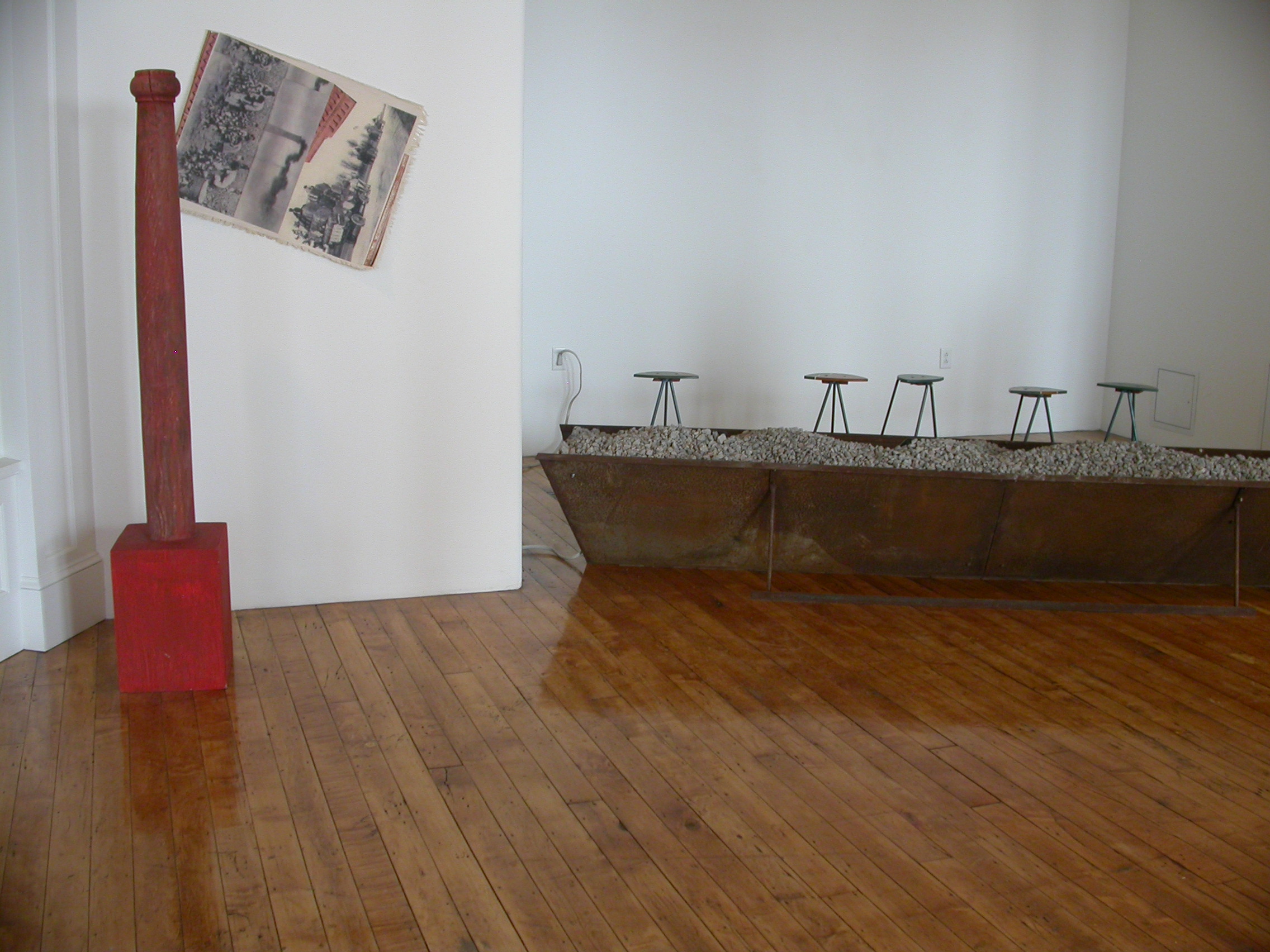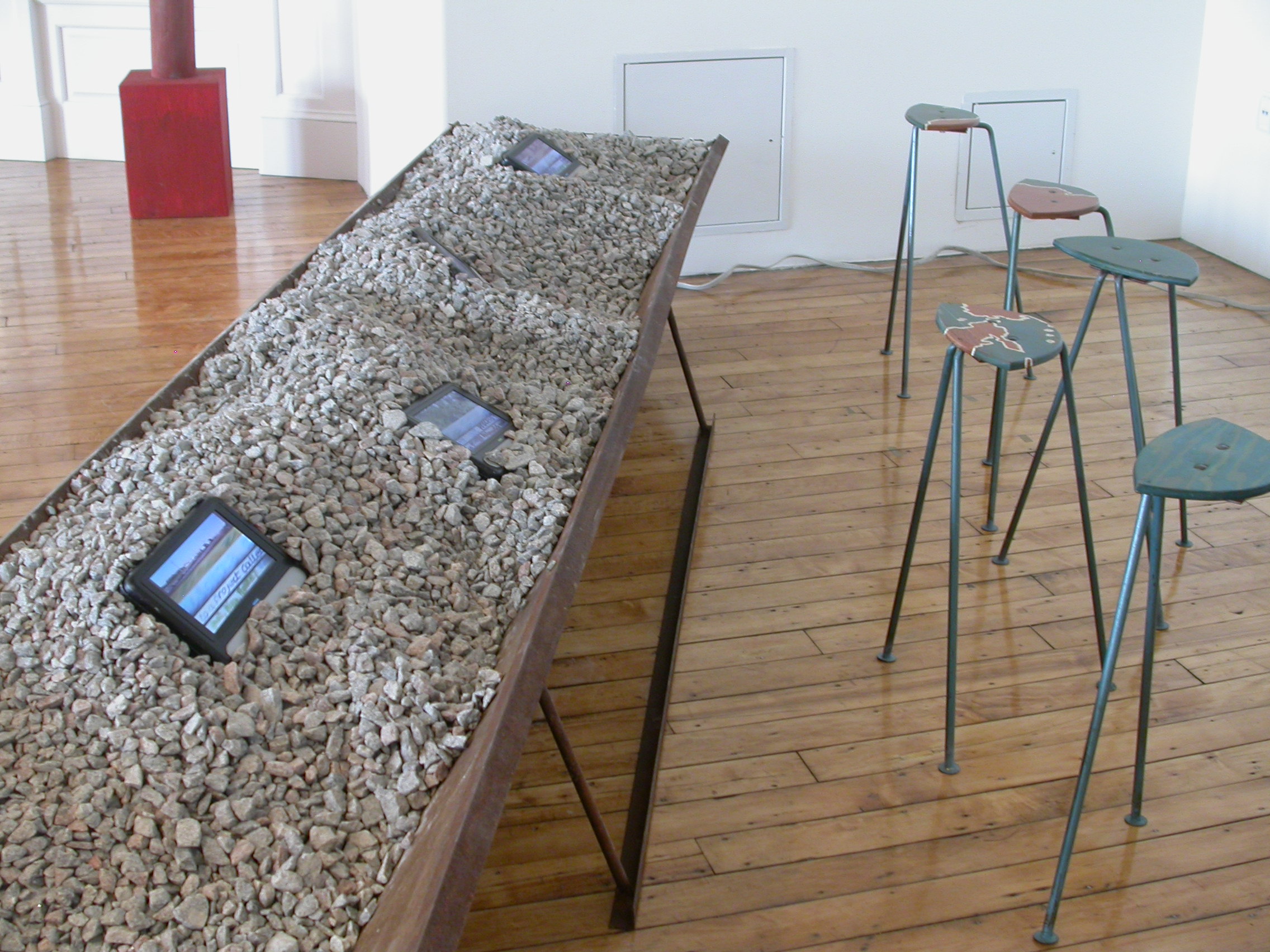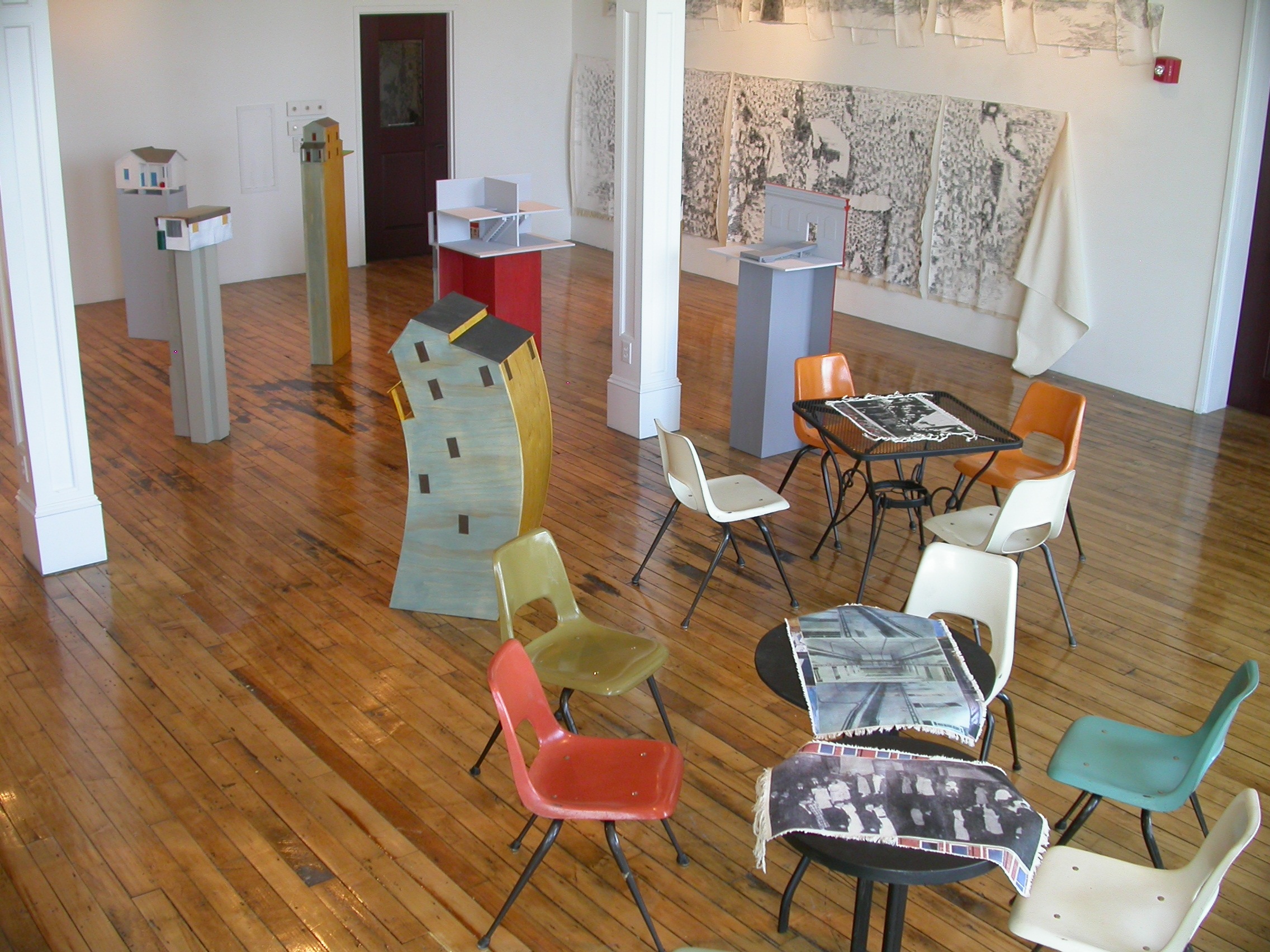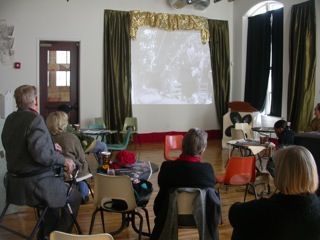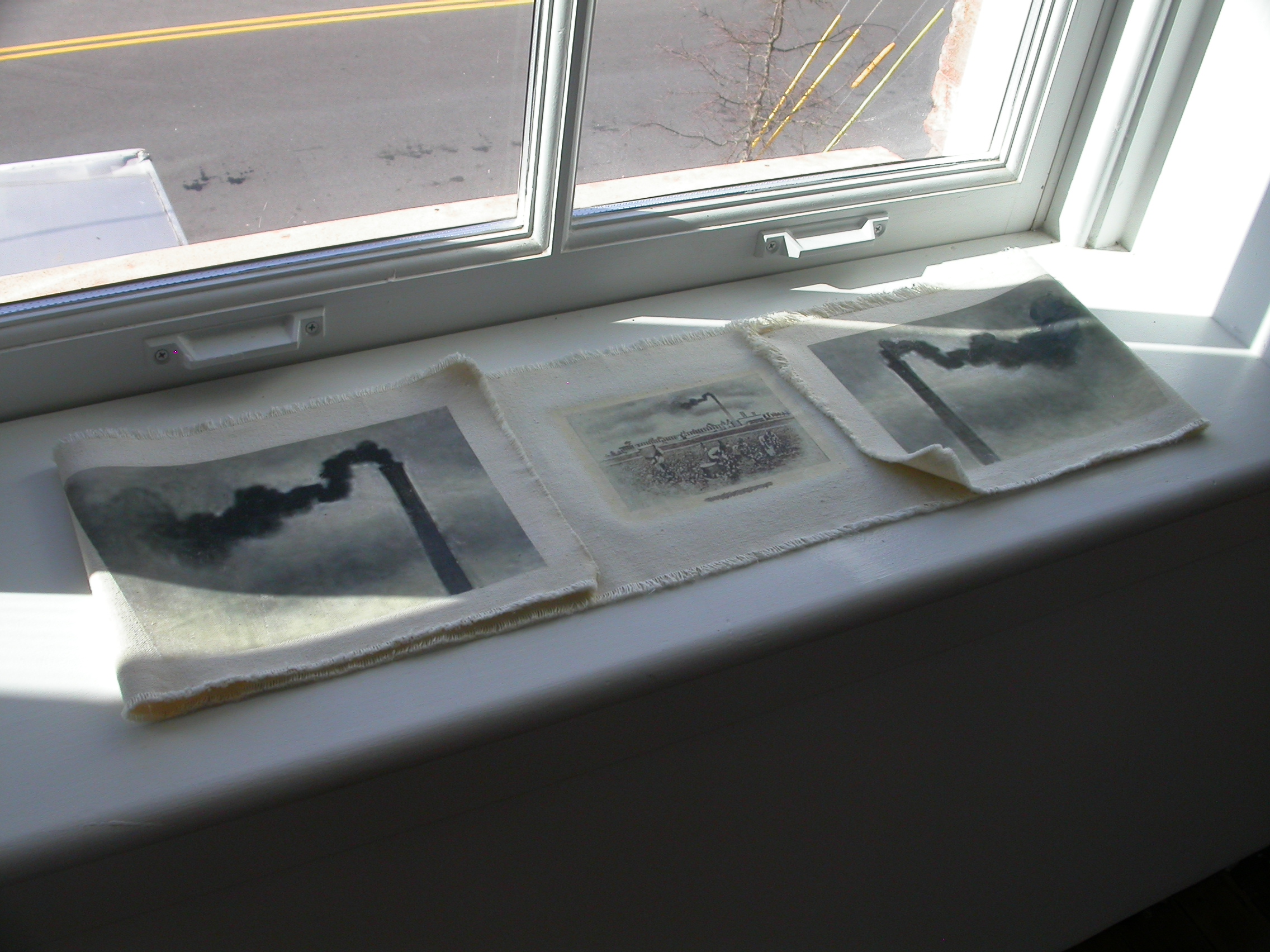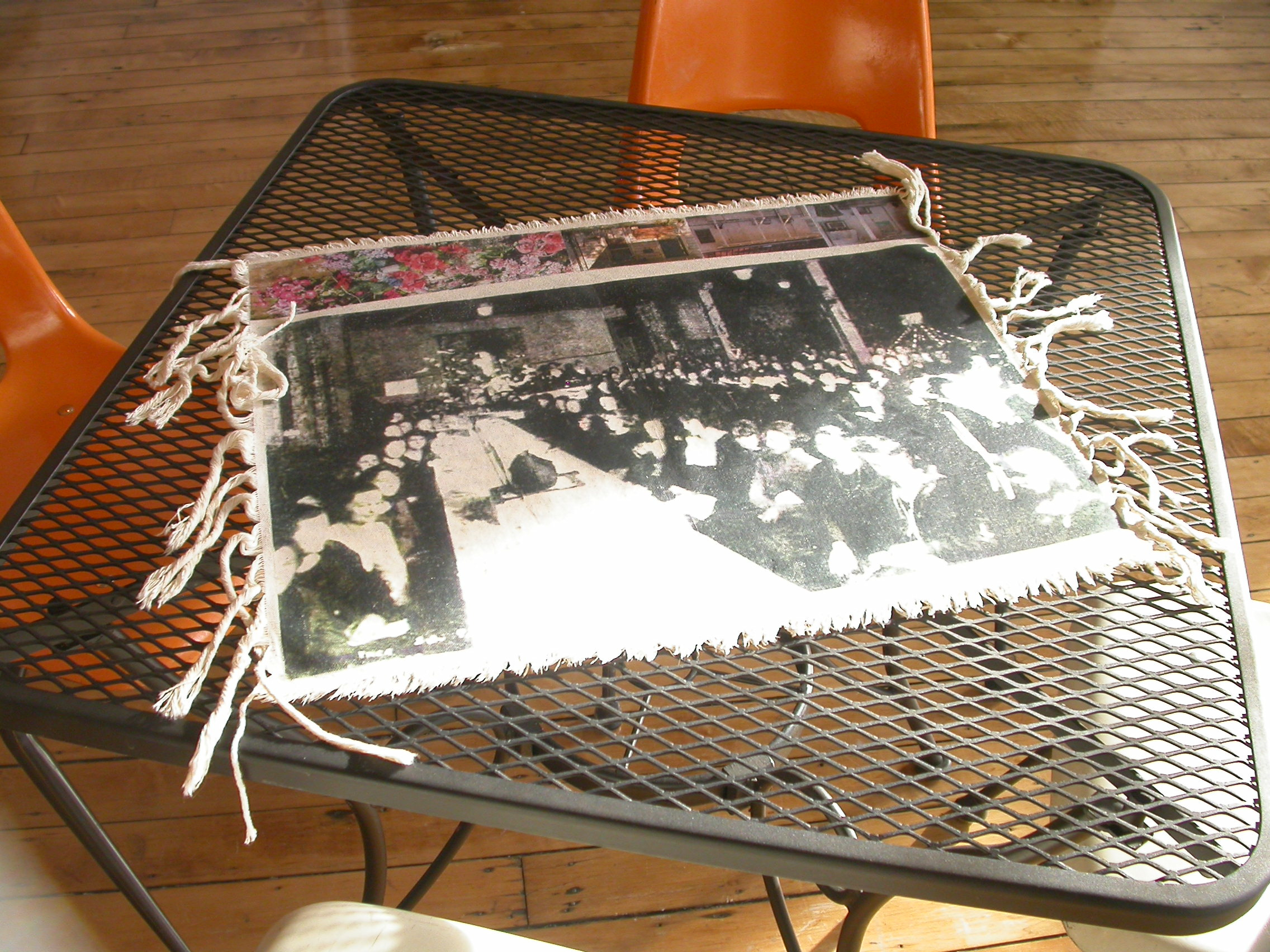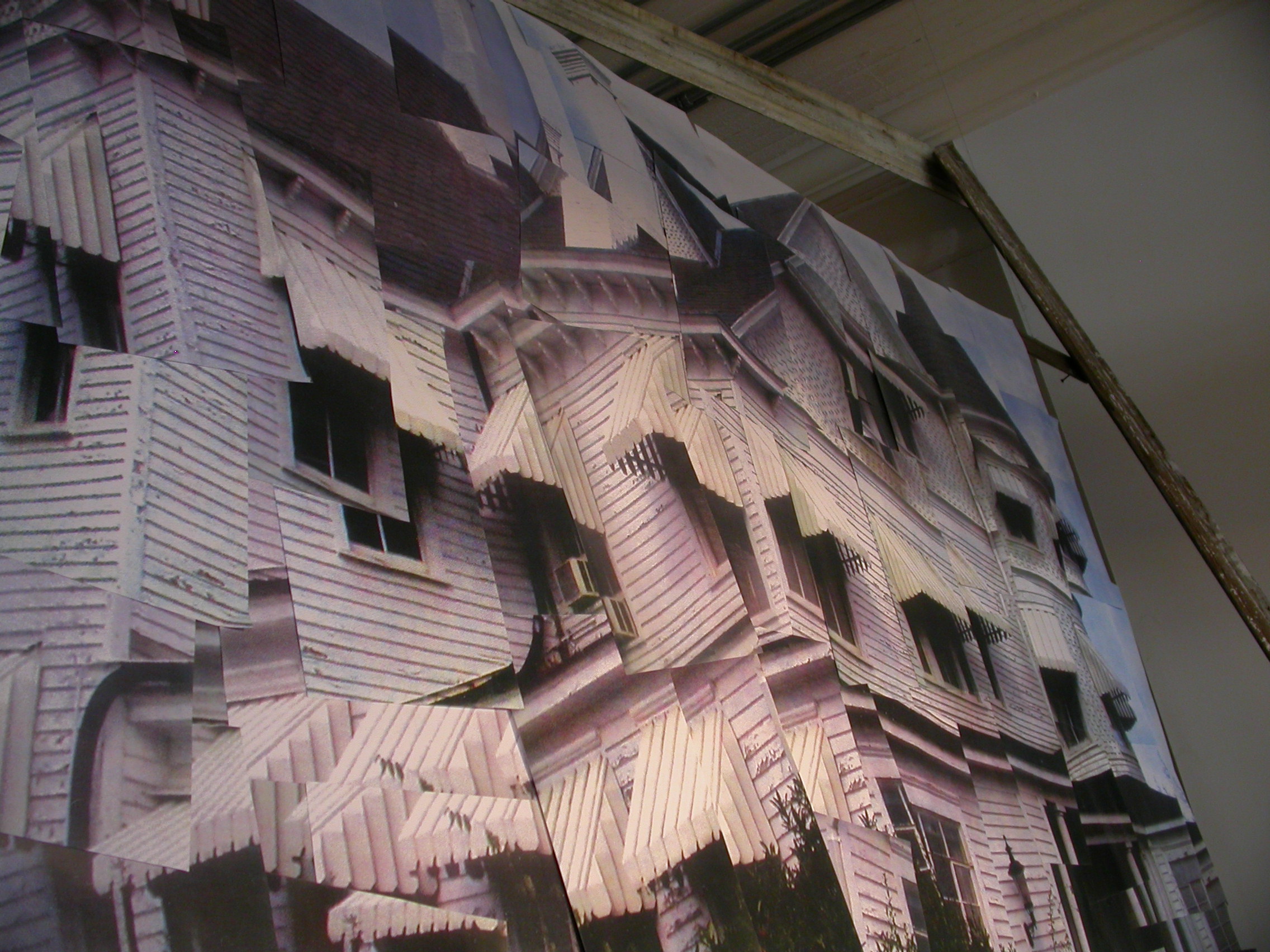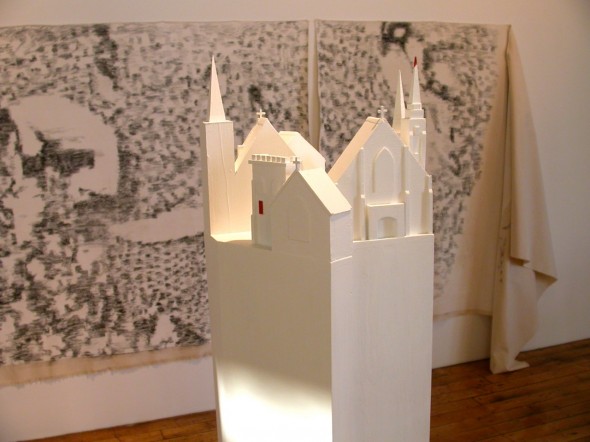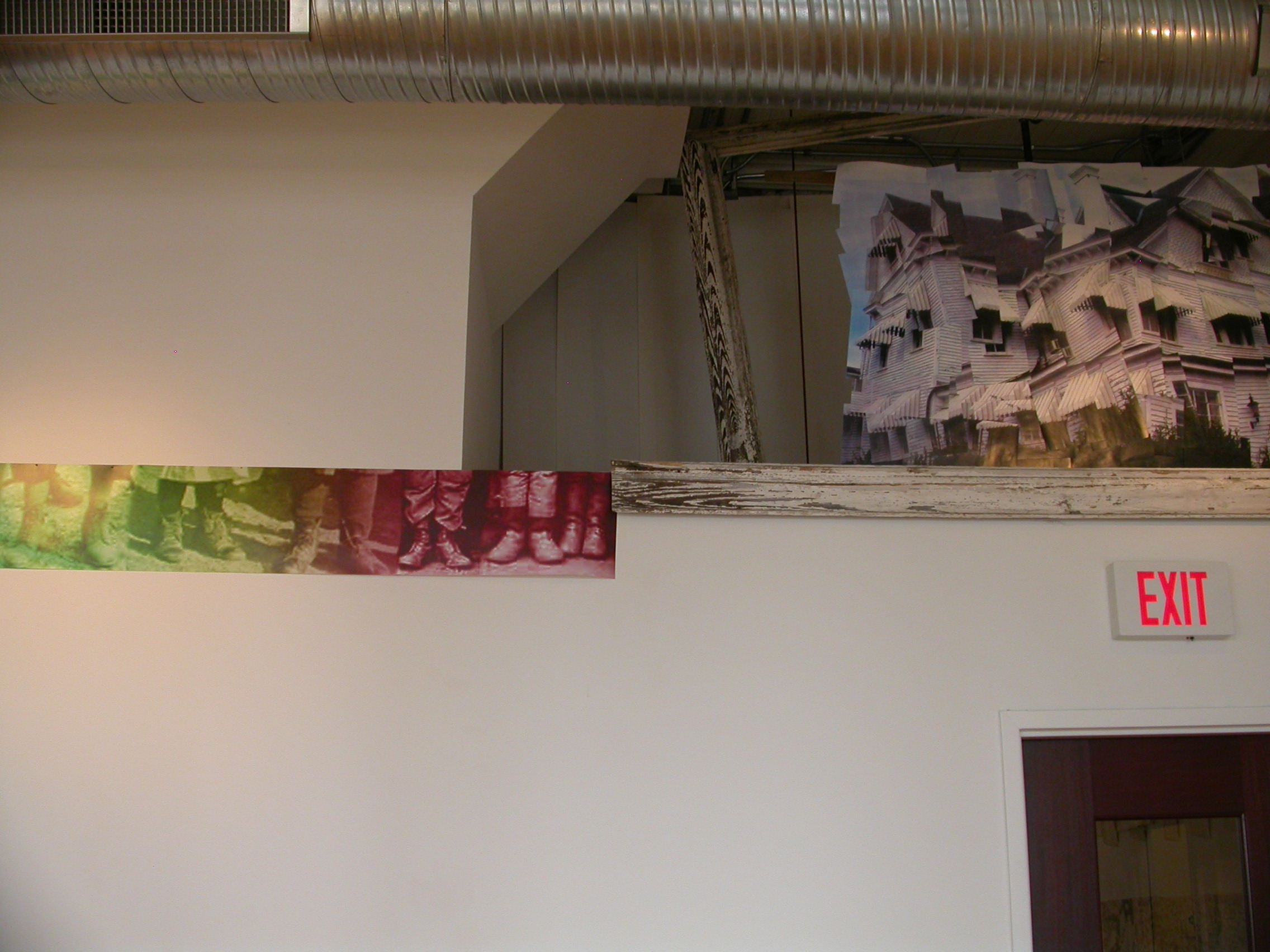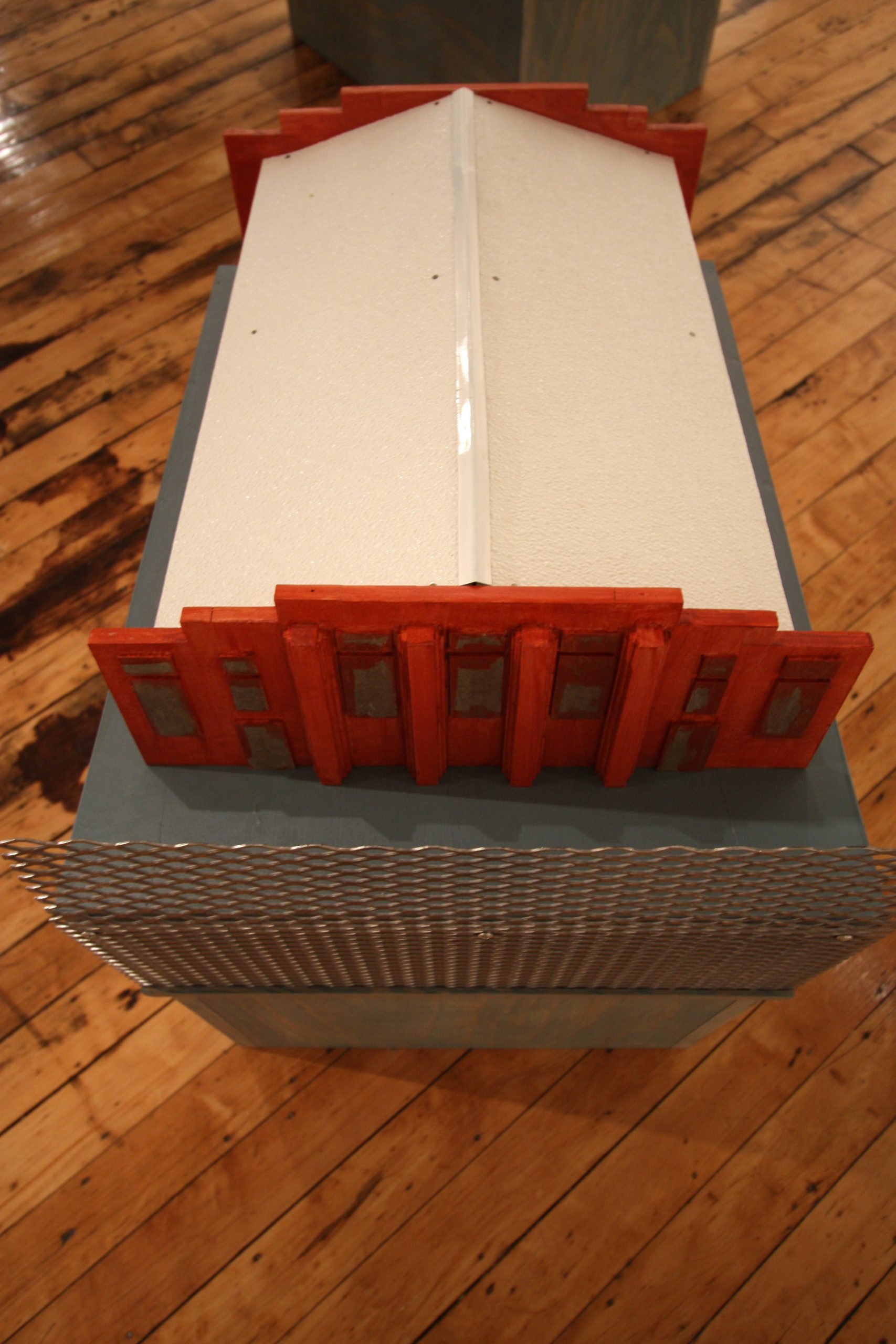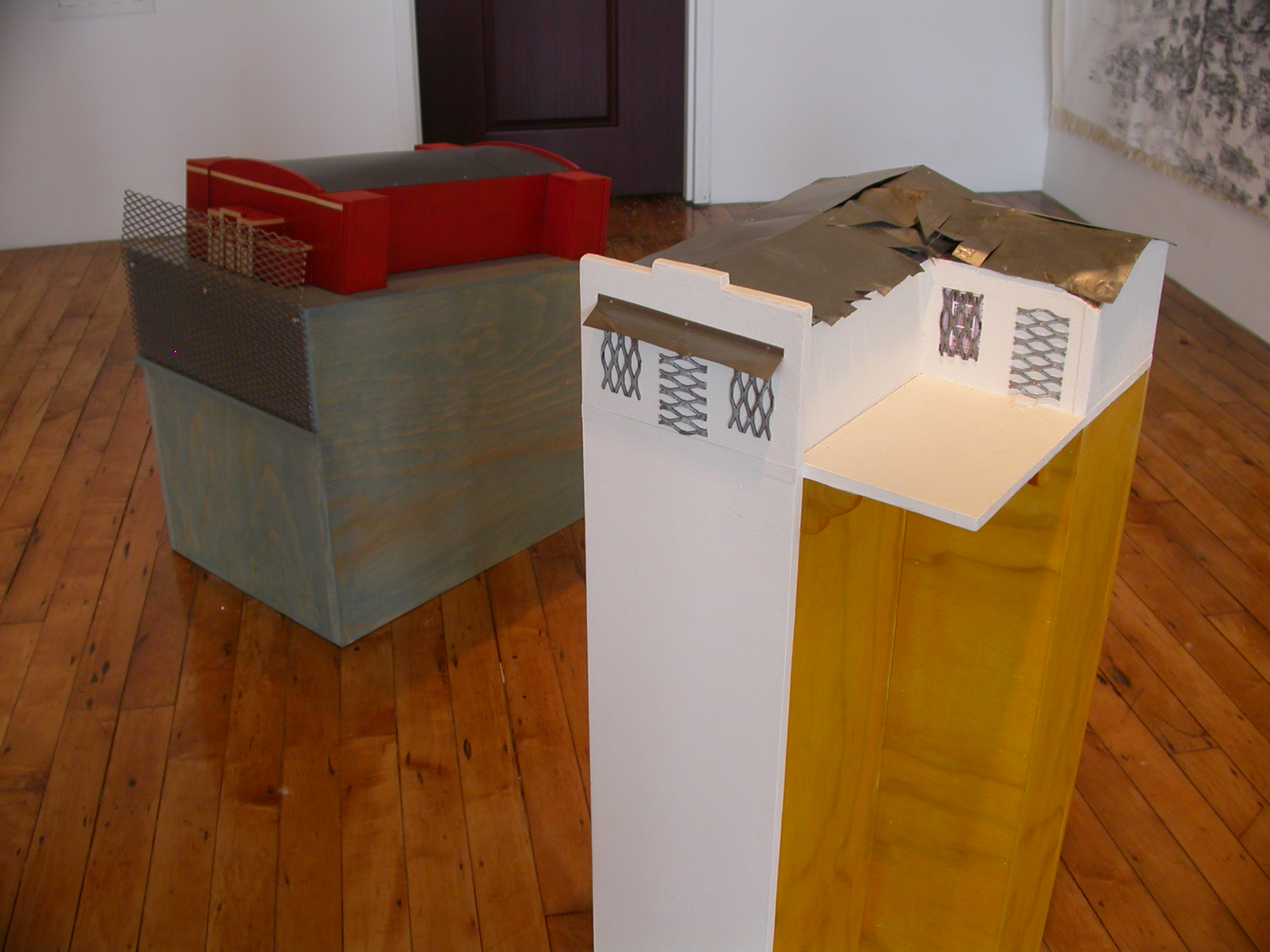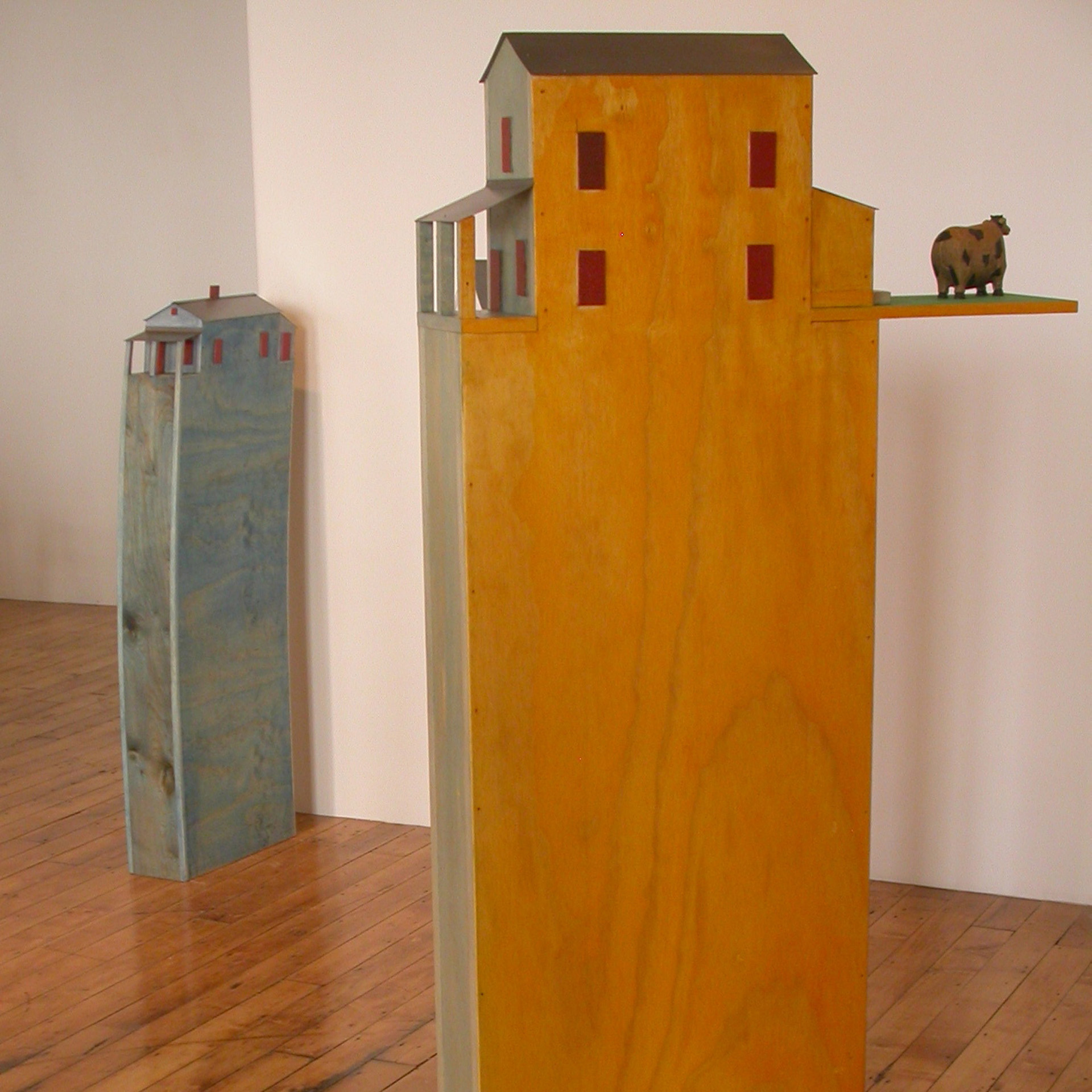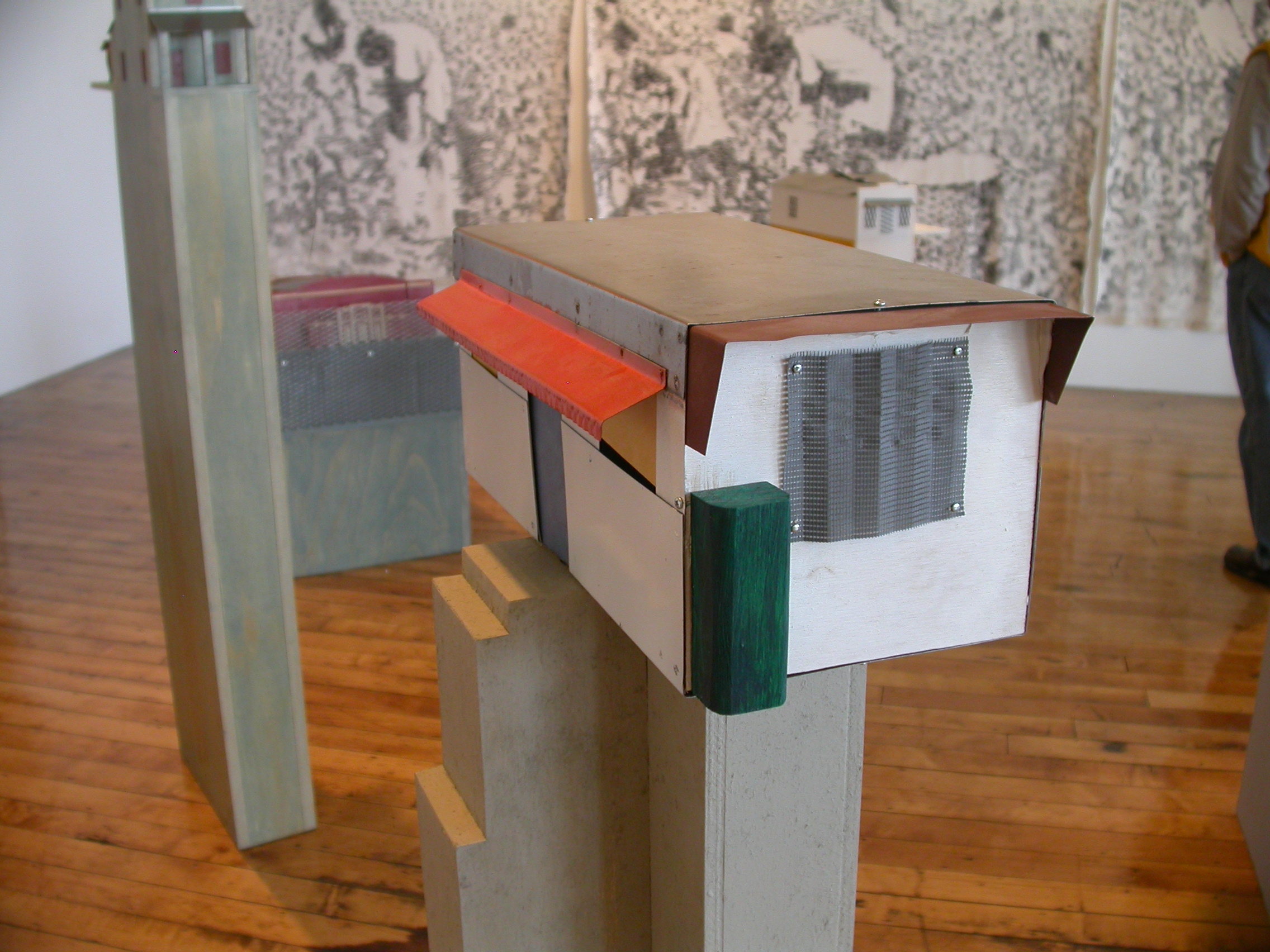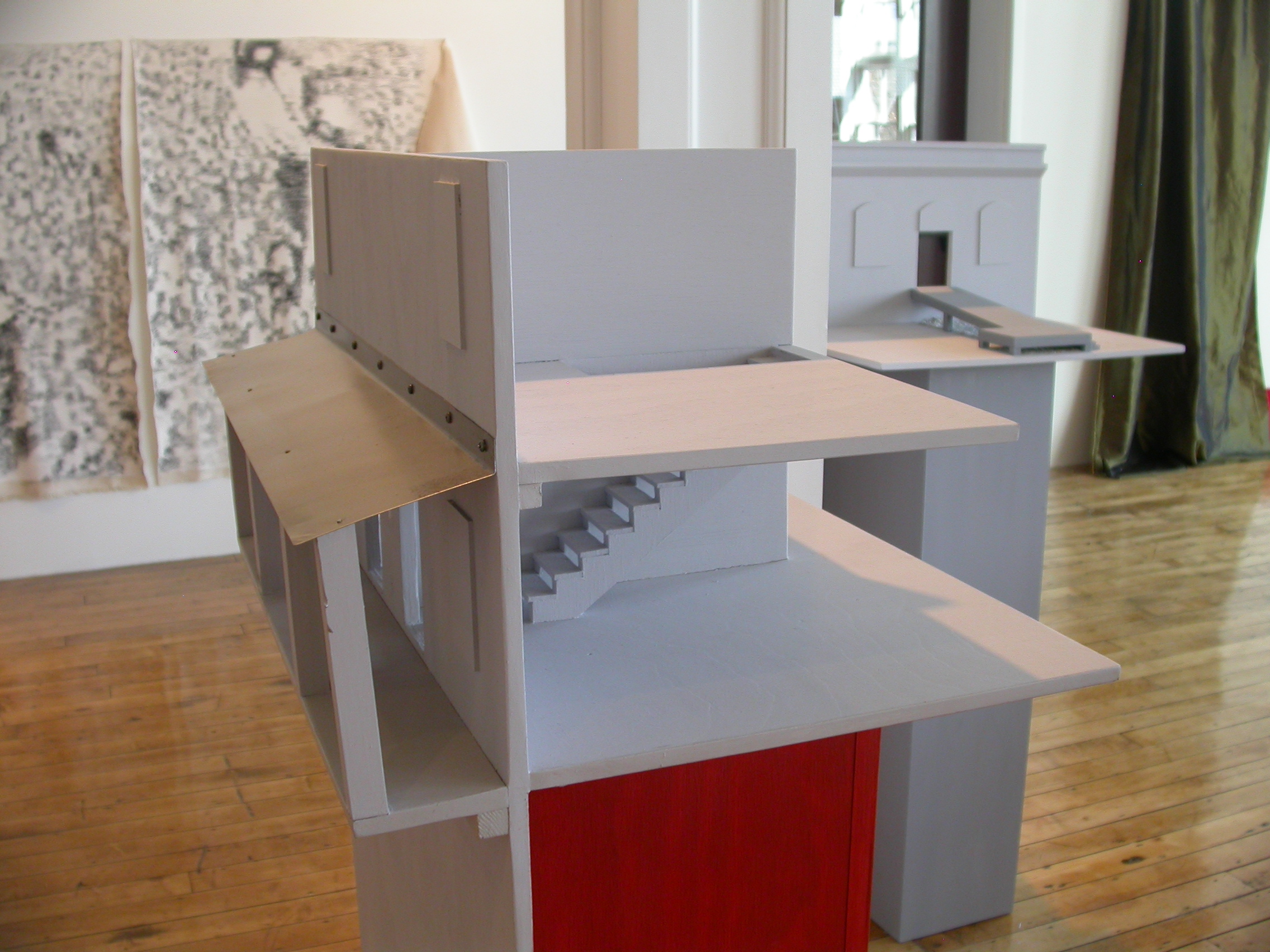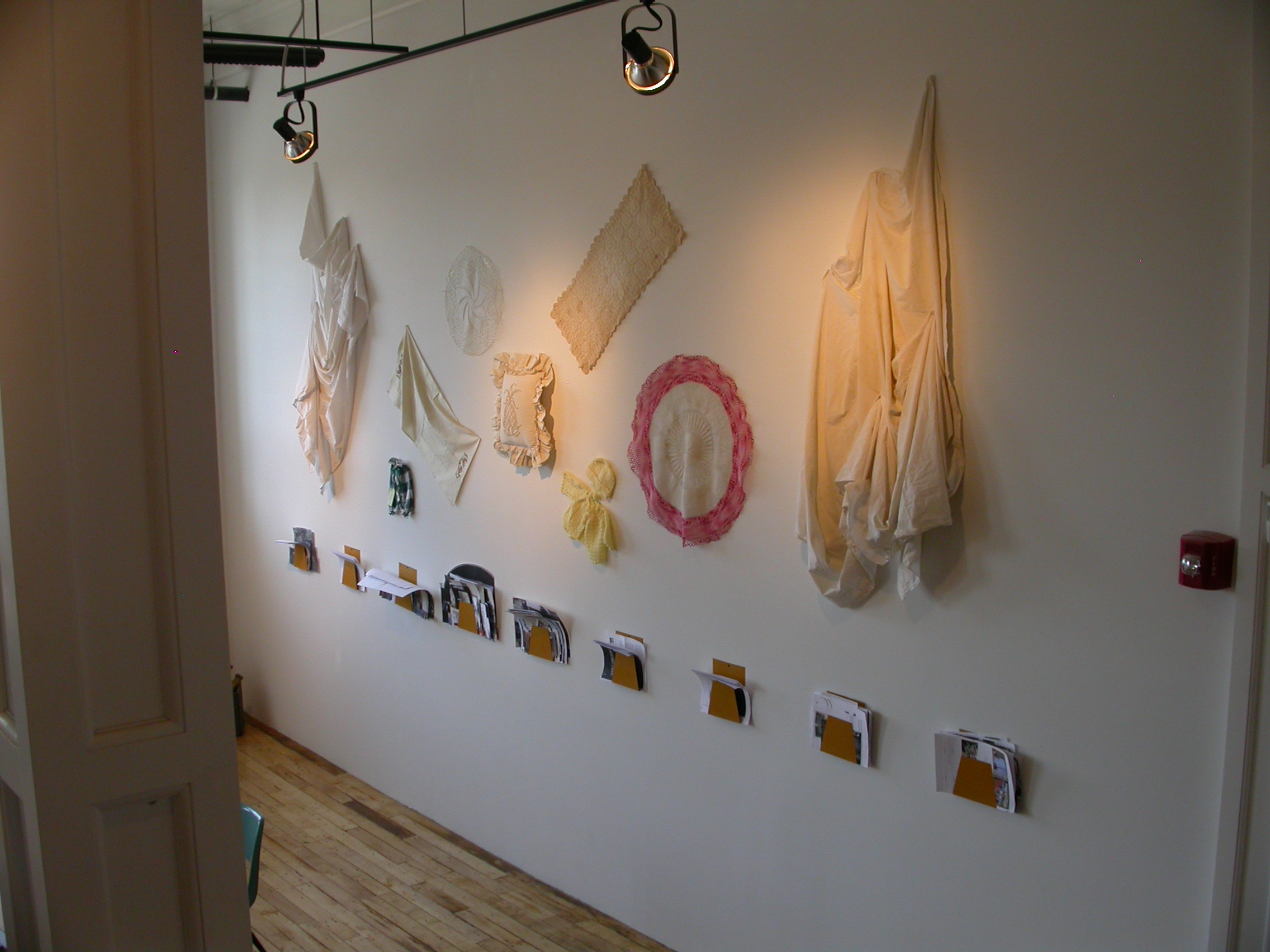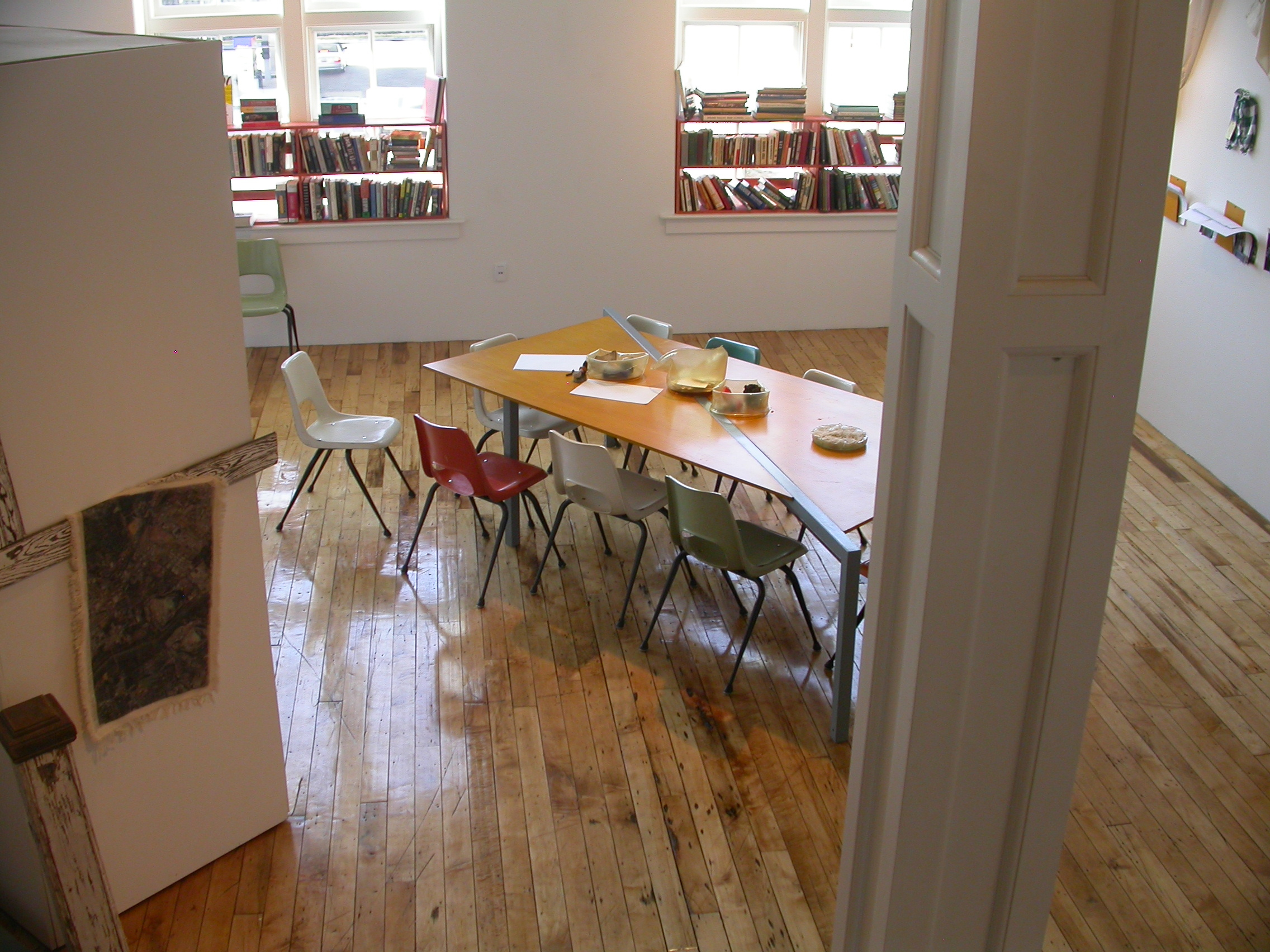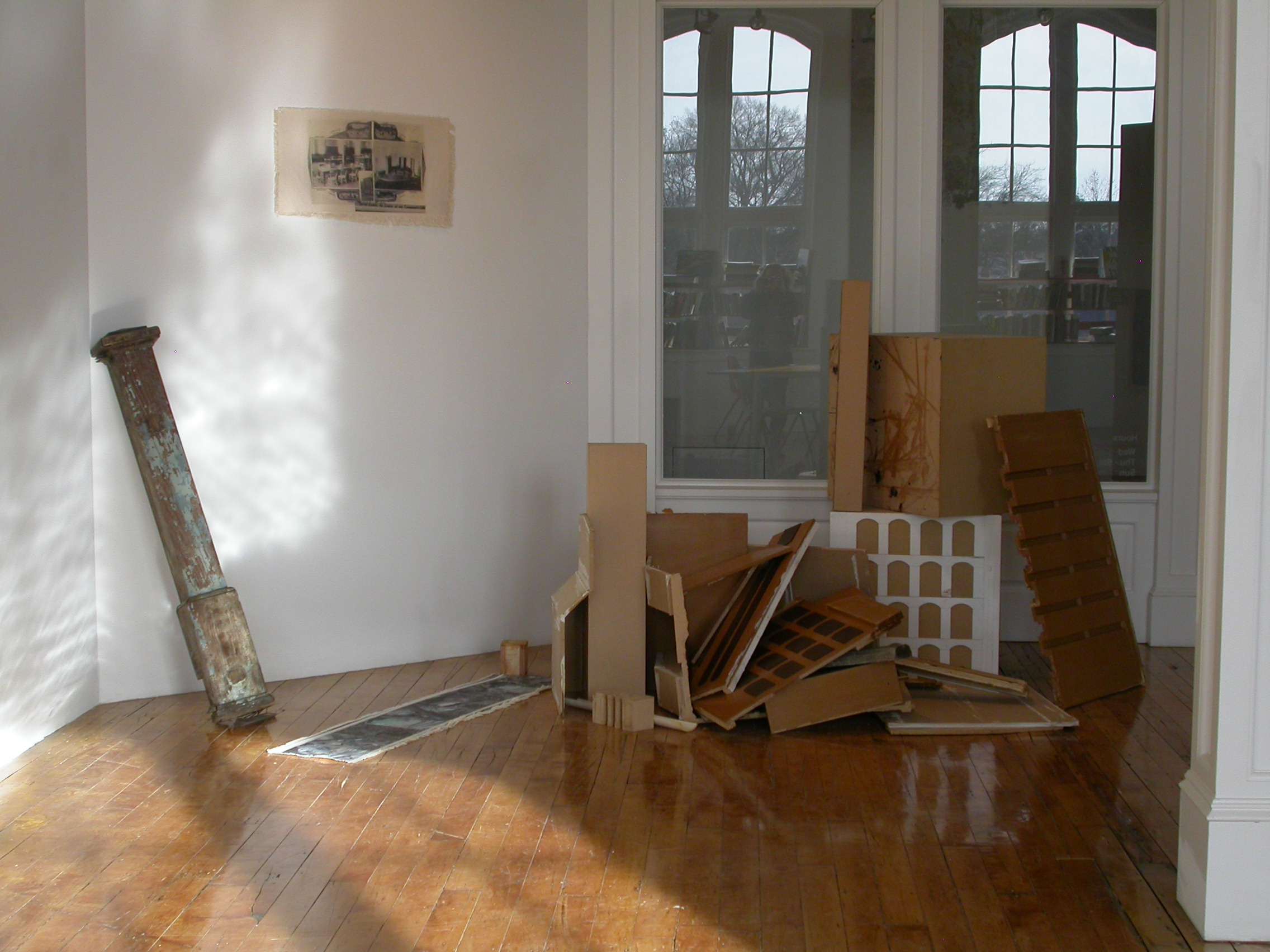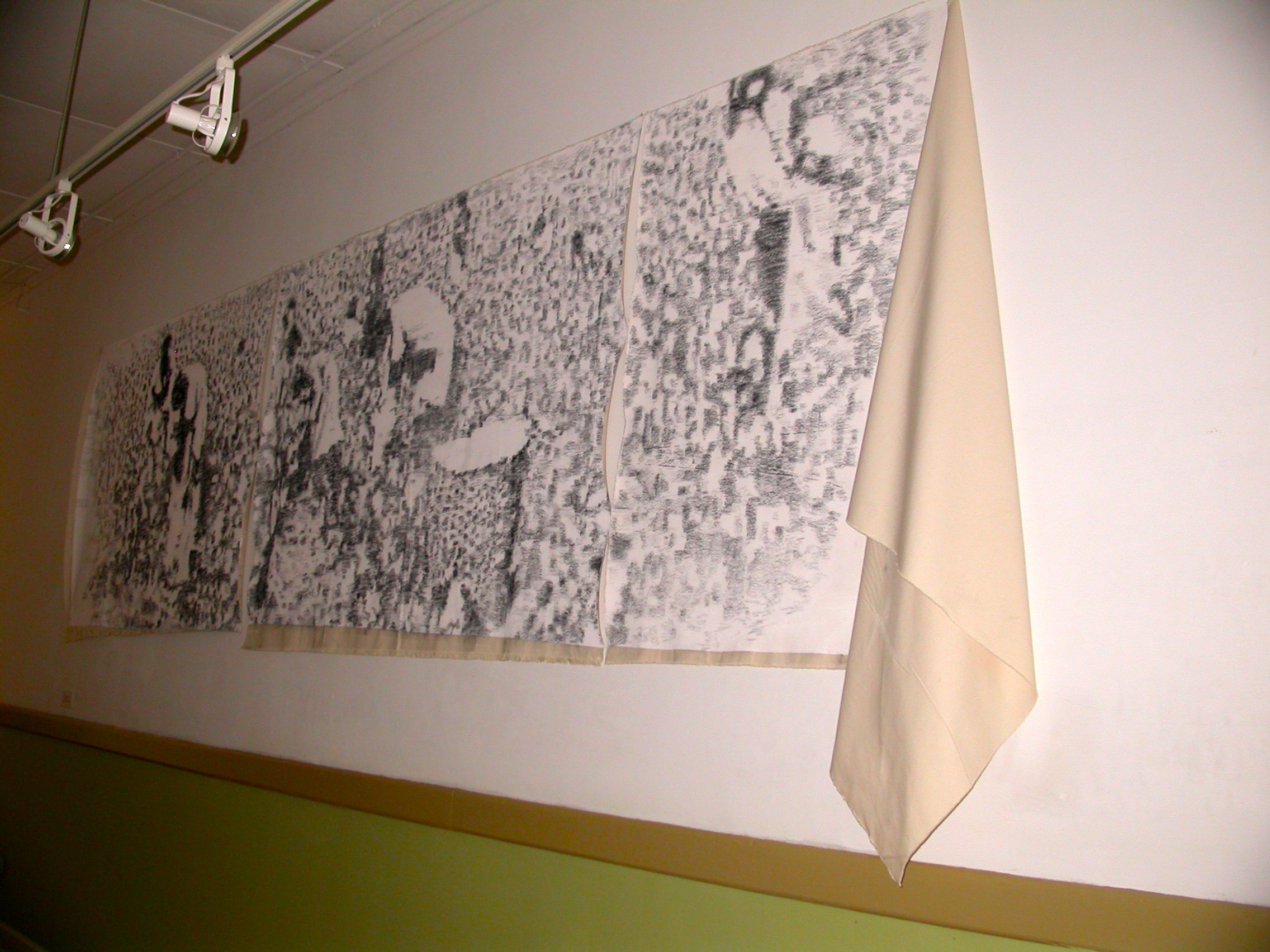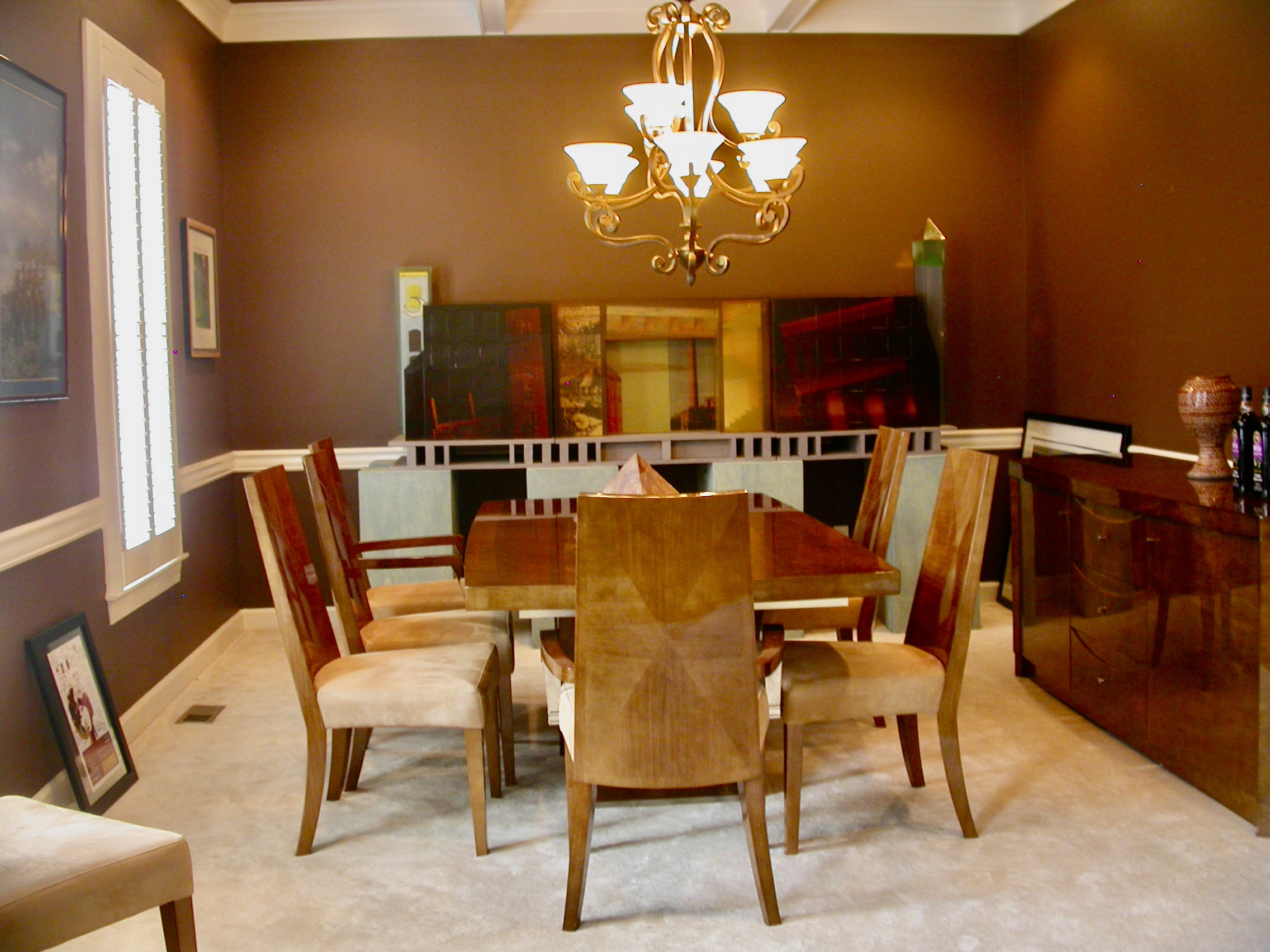Ensemble 6
Olympia ... Booklets
Watching? ... Being Watched?
2010-2021
Each drawing: 60"x40"
Tableau: 100"x170"x2"
Ensemble 6 was influenced by notes received from Julie C. about art/commodities. As an early assistant to conNECKtedTOO, she trained me to not fear anything when playing with my computer. Recently she wrote: “…i actually took a long break from art because i wanted to redefine my relationship to it. i wanted to figure out what could be possible if i didn’t attach value to my art based upon whether someone would buy it or not. i am still in the process of coming back to it in a new way… am exploring more playful ways to engage with art as a release… during this time i amalso doing a lot of political study. i have goals of politicizing my art further, but am not quite where i want to be yet…”
FACES: (16 x 3) = 48 small faces/portraits/audience members, imagined as a wallpaper. They are watching and wondering about these muddy shoes.
Had they been drawn as literal portraits of colleagues/collaborators/ helpers/dialogists/content initiators, they would have required resemblance as a criteria of quality.
Ensemble 6 is not primarily a documentary, just an upcycling of collaborative work and existing artifacts.
The TWO YOUNG ACROBATS are the enlargement of a tiny drawing from an early booklet created for Over 60 /May I See Your ID, an attempt to gather memories from over 60 year old Alternate ROOTS members, and create a performance celebrating ROOTS 35th anniversary. Fifteen individual booklets were completed from in-person dialogues or extended phone calls, often friendly, sometimes stressful.
From this material a script was drafted. Then at ROOTSweek it took three workshops to motivate a cast and define a tone. Bob Leonard, and doris davenport reviewed the script and defined their roles as Ring Masters. On stage eight folks between 60 and 90, were pressed to reenact or tell stories.
With Hope Clark as dance/movement leader and Theresa Cunningham as youth coach a crowd invaded the stage. The uproar ended as a marching multi-lingual choir singing Elise Witt‘s most famous song “an artist never retires.” Isn’t this right?
Some theatre people hated the whole shebang; others thought of the sixties. Whatever the case, this happening defined a road and initiated a collaborative self-selected process for CONVERSATIONS WITH TIME at ROOTSfest, 35th anniversary of Alternate ROOTS, Baltimore 2011.
As artists we are researchers, creators, fabricators, challengers, community stimulators. The multiple activities around Olympia, an art installation in six parts, 2008-09, were not simply centered on the exhibition itself. Social/ political EVENTS were an integral part of the creation: “Collecting Memories“; “Reviving the Art and Culture of a Mill and its Village“; “Offering visuals and sounds of the South and its Mill Strikes“; “What I Want the City of Columbia to Do for the Arts is…“; without forgetting the Final Live Auction “Everything Has To GO!“
Art installation was in six parts: Olympia and Granby Mills, Railroad Tracks, the Gravel Pit, a Public Square, the Mill Village, a Library.
2009 :
Olympia and Granby Mills together become a 800 lbs polyurethane cast which embeds sculptural/photographic elements meant to convey history and present time.
Similar spirit as for Shoreview in Longborough (see Ensemble 12)
Boots of child laborers as sentinels: a muddy/shiny photomontage digitalized by Lanyka Lincoln aka LALI. Next to it, the house of W.B. Smith Whaley, founder and original owner of Olympia Mills.
Exploratory walks through the neighborhoods, readings on and around the Mill Culture, encounters with local personalities at their home or at a local bar, our own intentions to raise issues of labor, race relations, paternalism, religion …
The ‘village’: its school and an Armory right by; Union Hall; five prominent churches attached together; a run down trailer; houses standardized for different size families; each building perched on a stand which is more like an extension of it, a root…
701 Whaley St, in Columbia, was the social hub for the operatives of the mills, sometimes referred to as the YMCA. Yet, between then and now the sociocultural changes have been mind boggling: from Y to company store to rental property and art-space, it takes a bit of deconstructing!
At the auction most pieces found a home.
2009 – The main wall of the Library was entrusted to and installed by the founders of the present Olympia Mill Village Museum in Columbia SC.
Thank you to 701 Contemporary Center for the Arts’ Board, Staff and assistants and to Harriett Green. Thank you to late artist Mary Gilkerson who came with her Columbia College students to assist us in casting Olympia in polyurethane.
2010 – The cast of the Cotton Mills happened to match the concerns, ambiance and colors of a friendly home in Georgia.
2010 – And the 14′ long Cotton Pickers charcoal drawing was bought to be installed in a school transformed in artists’ studios in Marshall NC.
It was an honor to see one piece used as a pulpit for the amazing funeral celebration in honor of Wim Roefs who passed away unexpectedly in 2022. Wim has been a co-founder of 701 Contemporary Center for the Arts, its first President, a main curator and leader for the arts in Columbia SC. A best friend. A collector.
